November 6 - 12, 2016: Issue 288
Annie Wyatt Reserve: Palm Beach
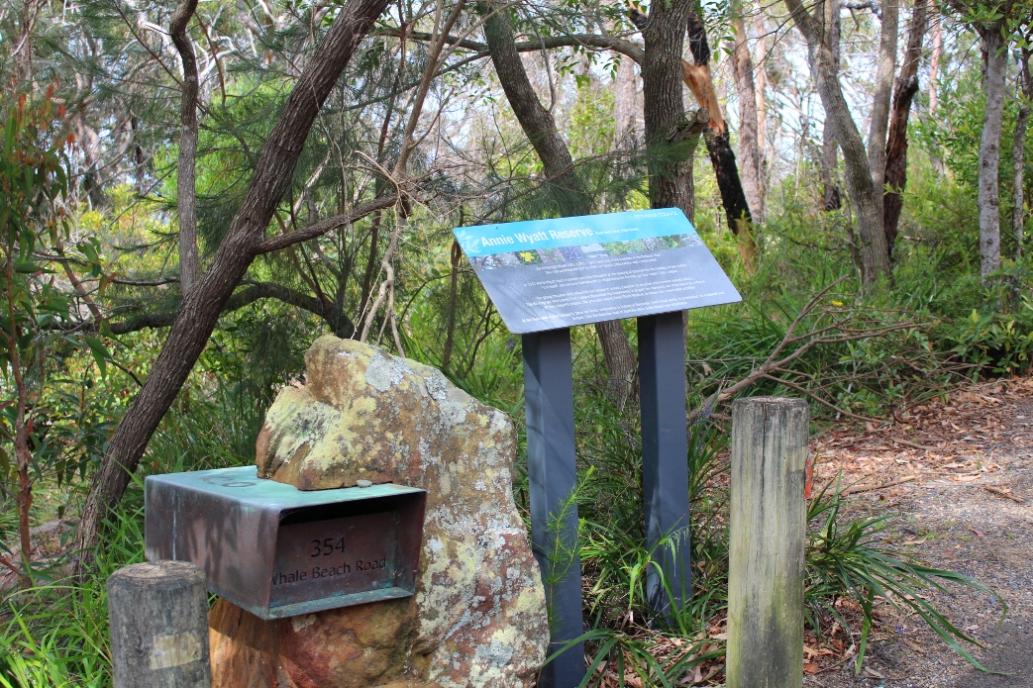
PALM BEACH LOOKOUT.

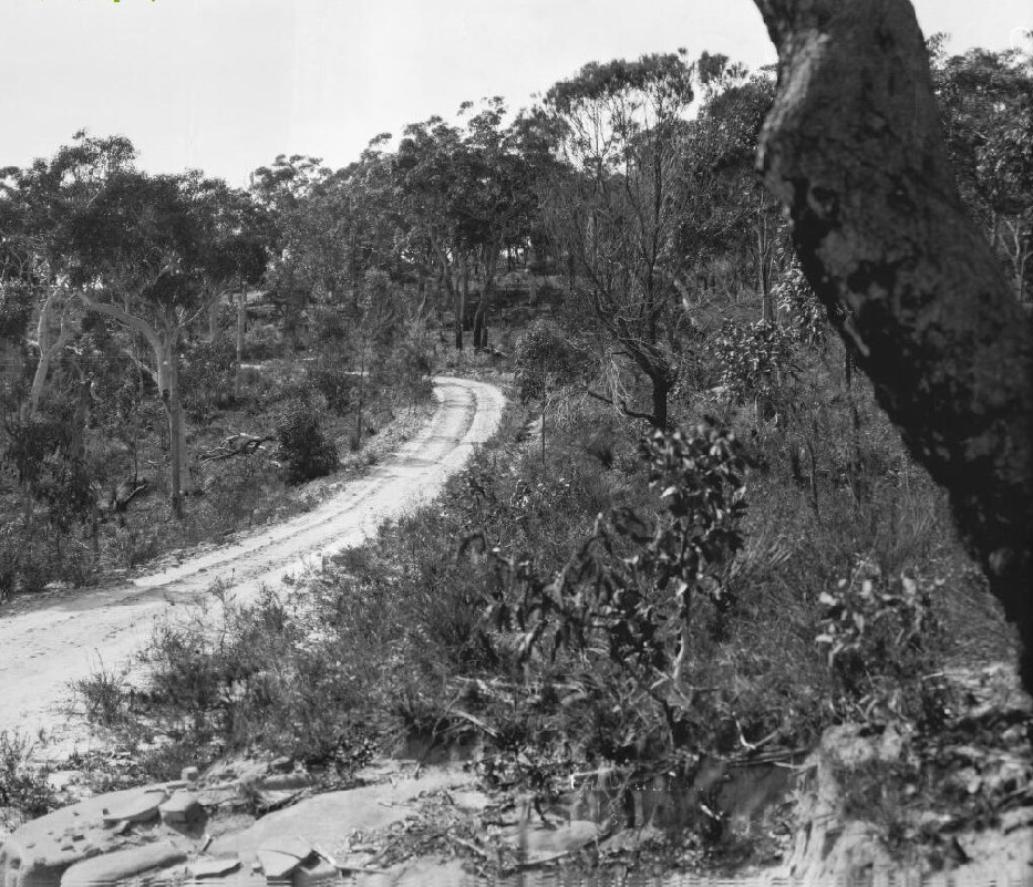
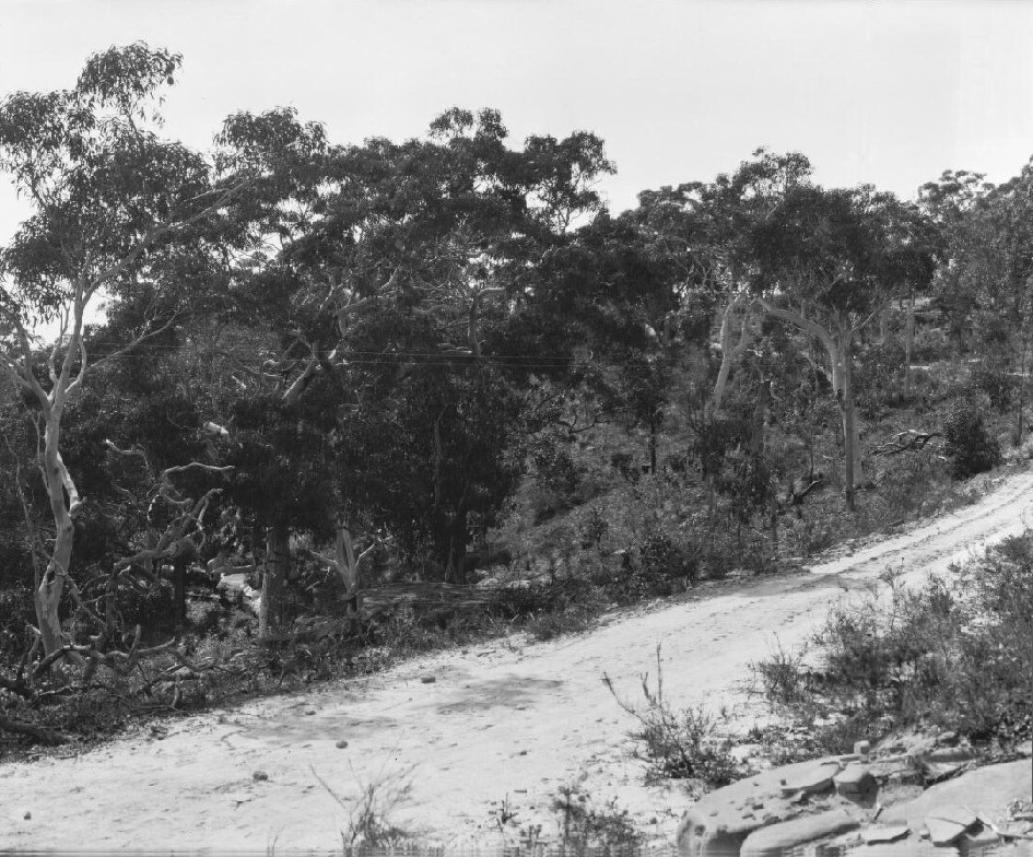
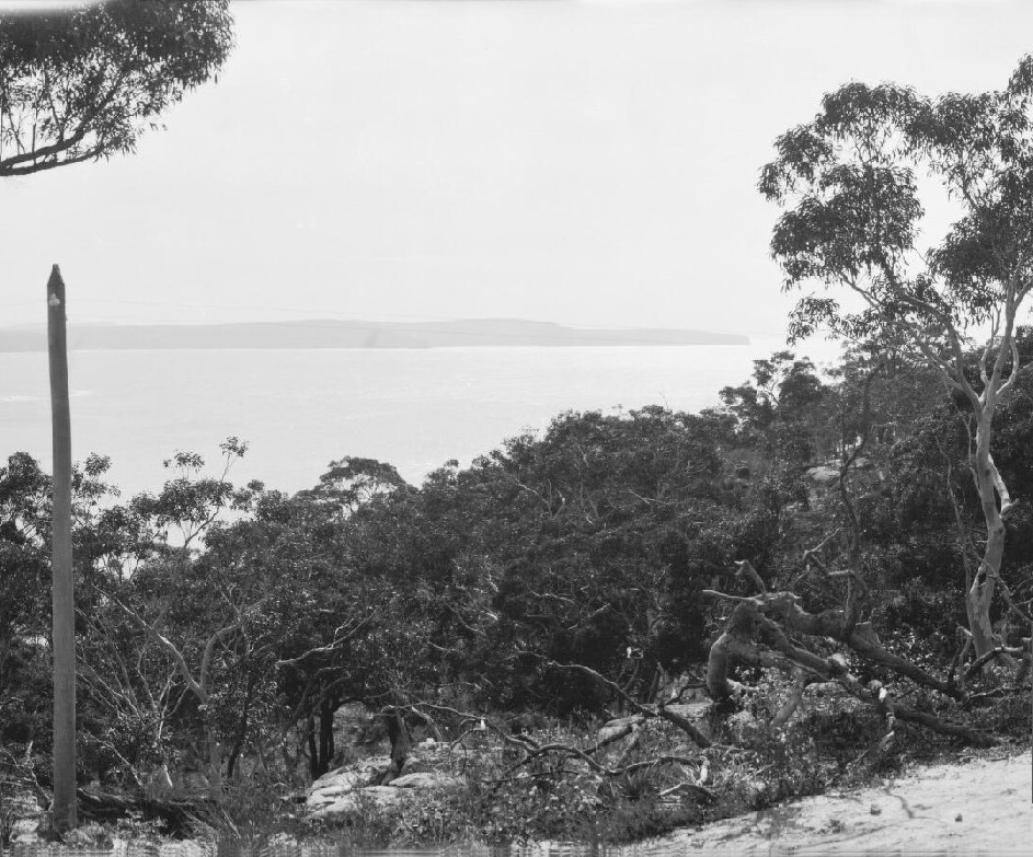
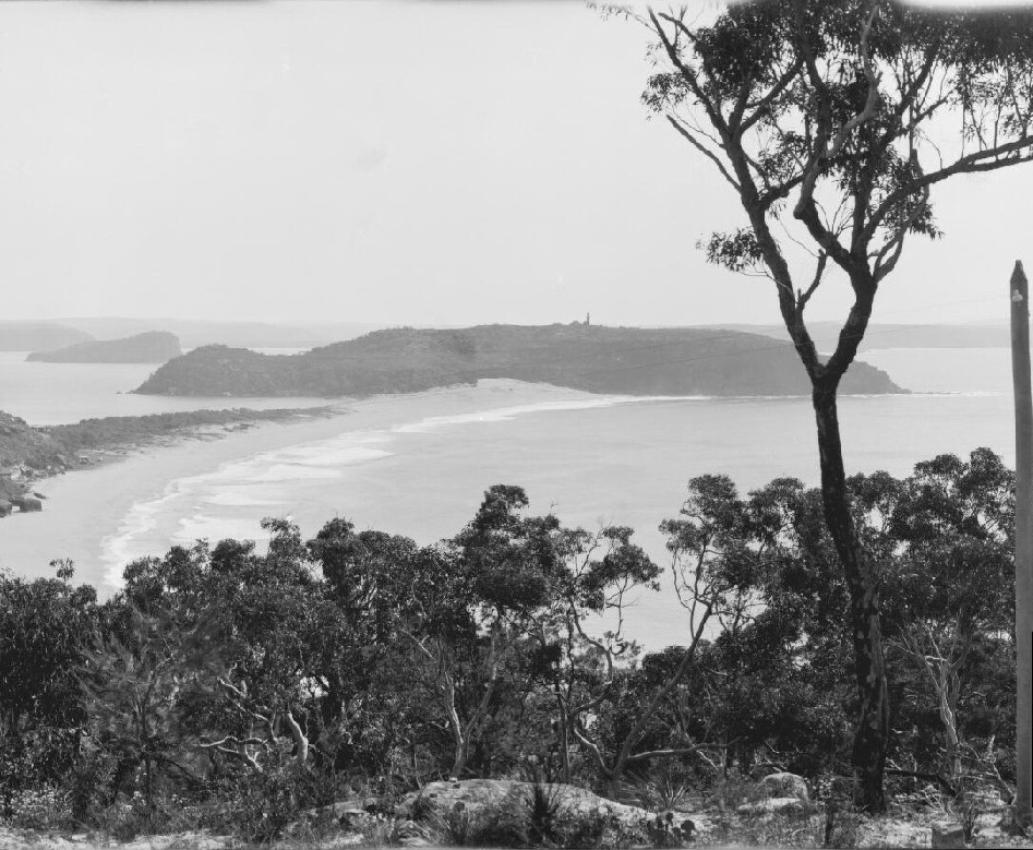
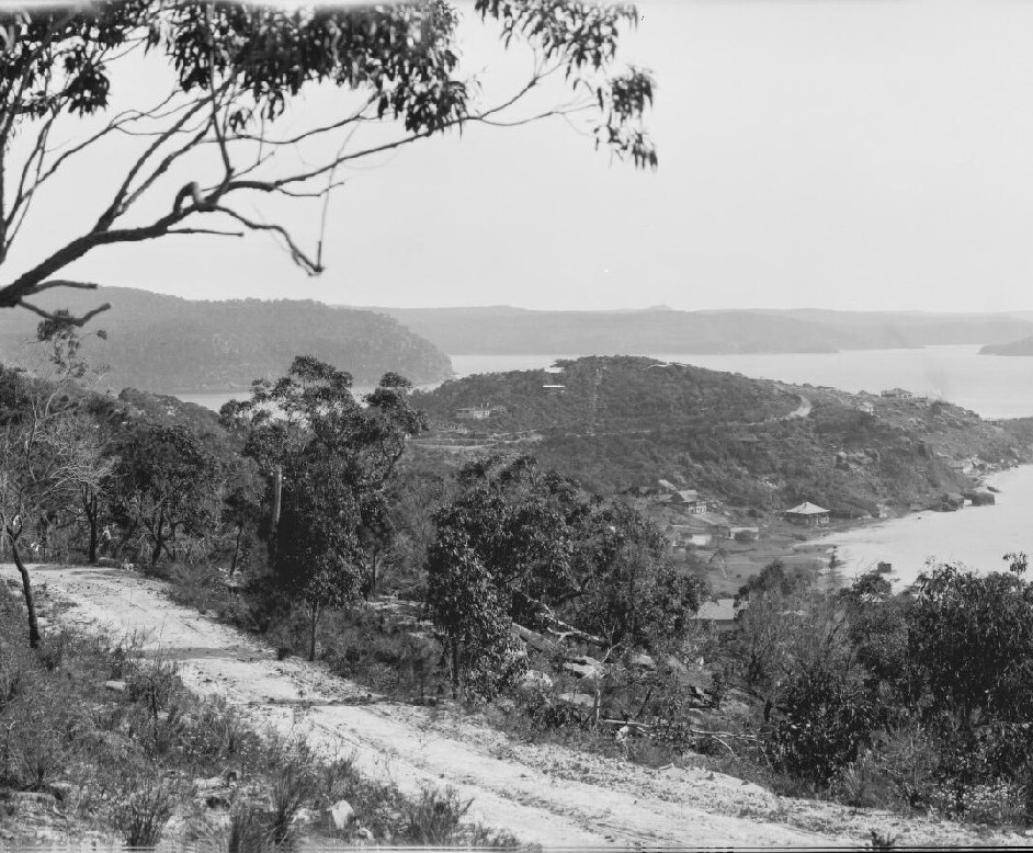
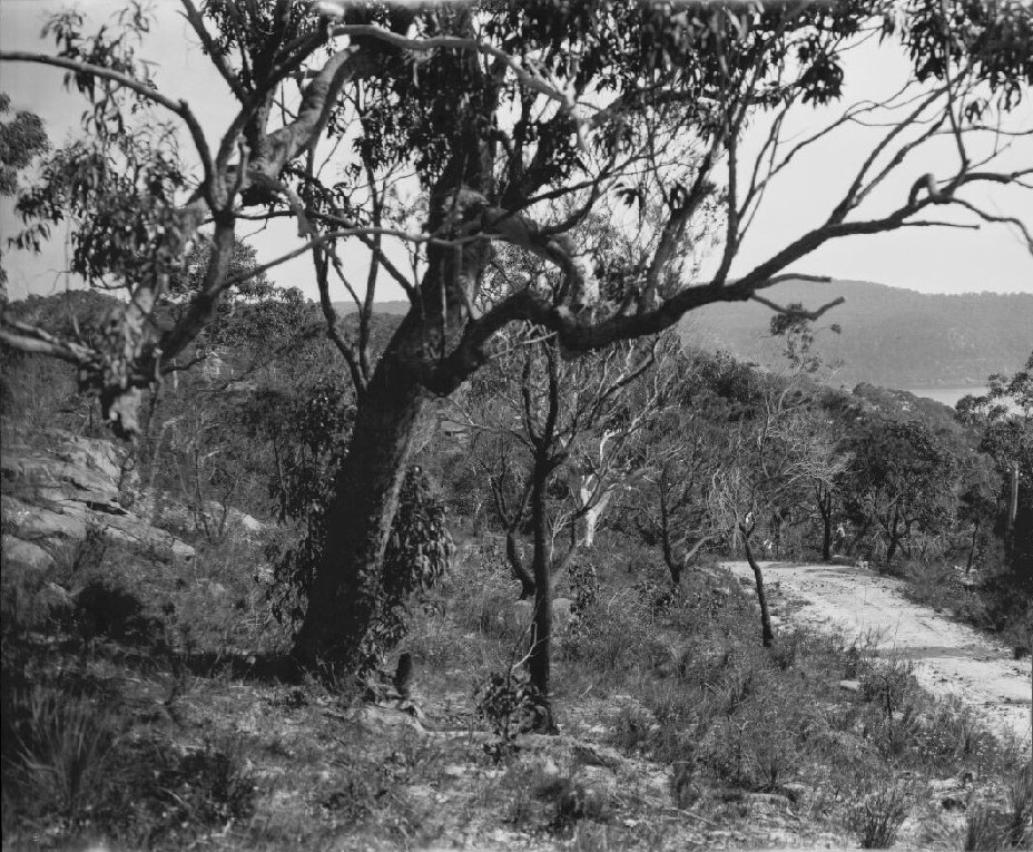
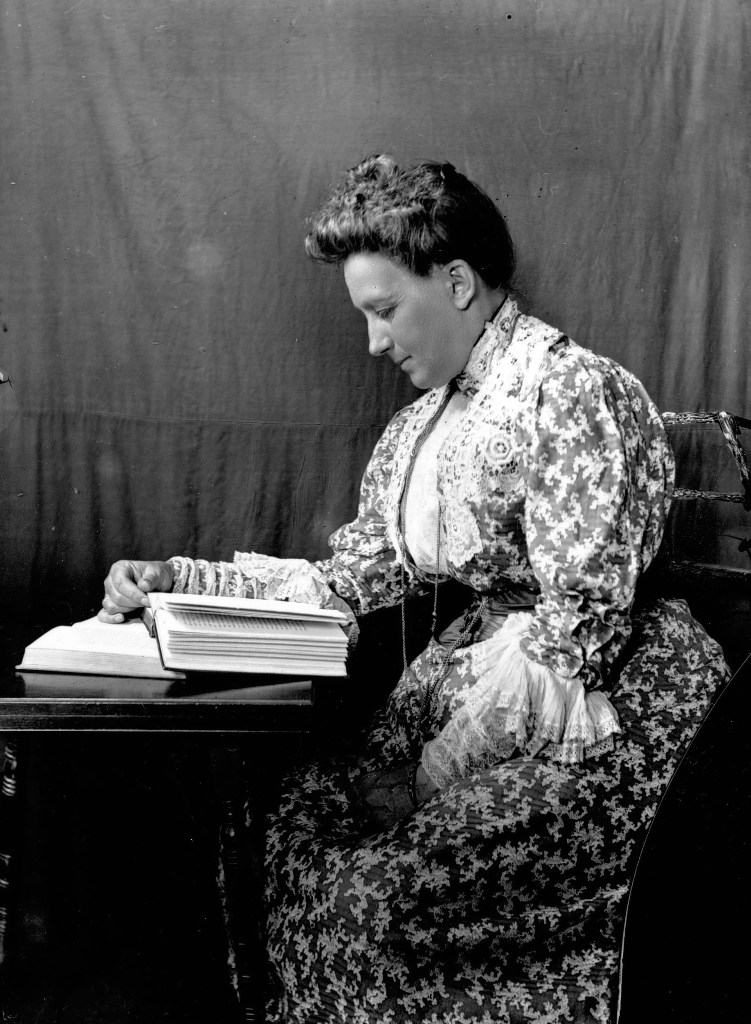
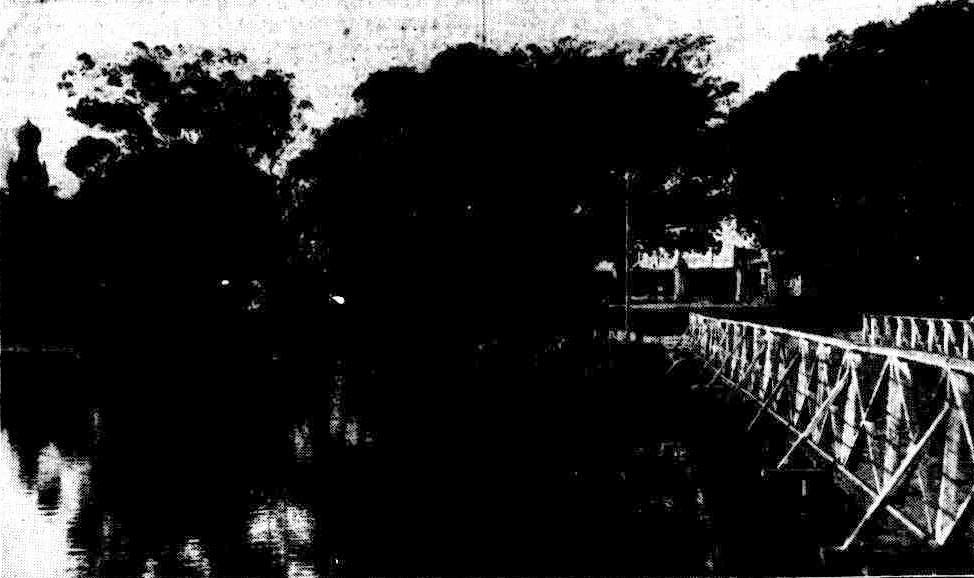
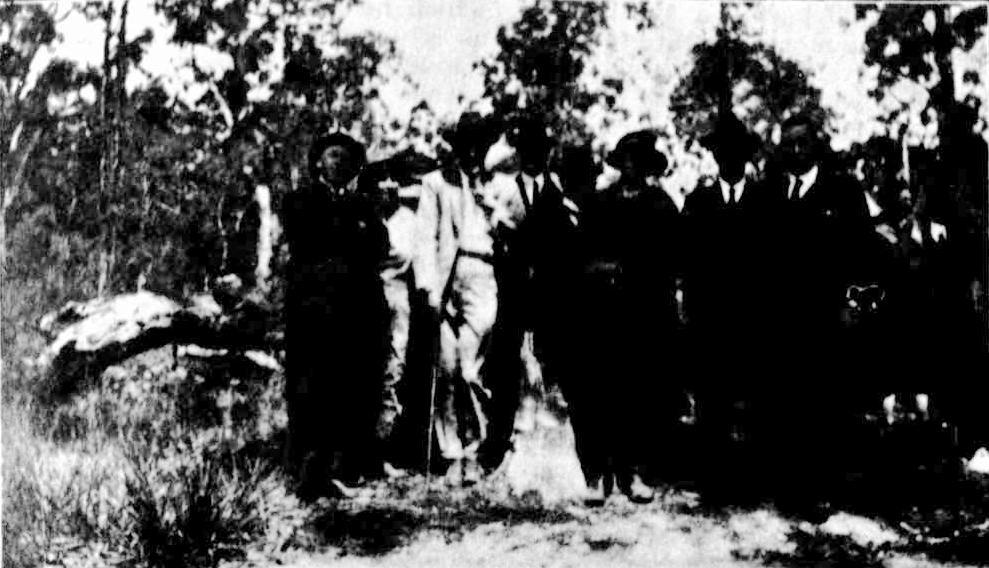
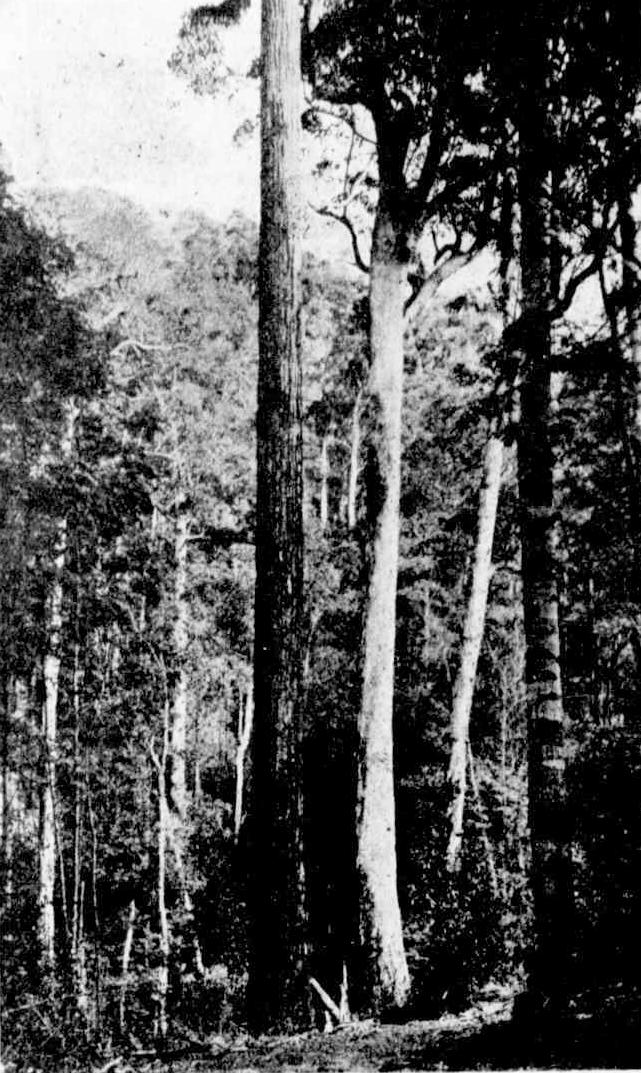 The Council's first work was (1) the appointment of a Committee of the Schools Branch; and (2) the adoption of a plan of campaign, the carrying out of which provided the bulk of the work for the remainder of the period.
The Council's first work was (1) the appointment of a Committee of the Schools Branch; and (2) the adoption of a plan of campaign, the carrying out of which provided the bulk of the work for the remainder of the period.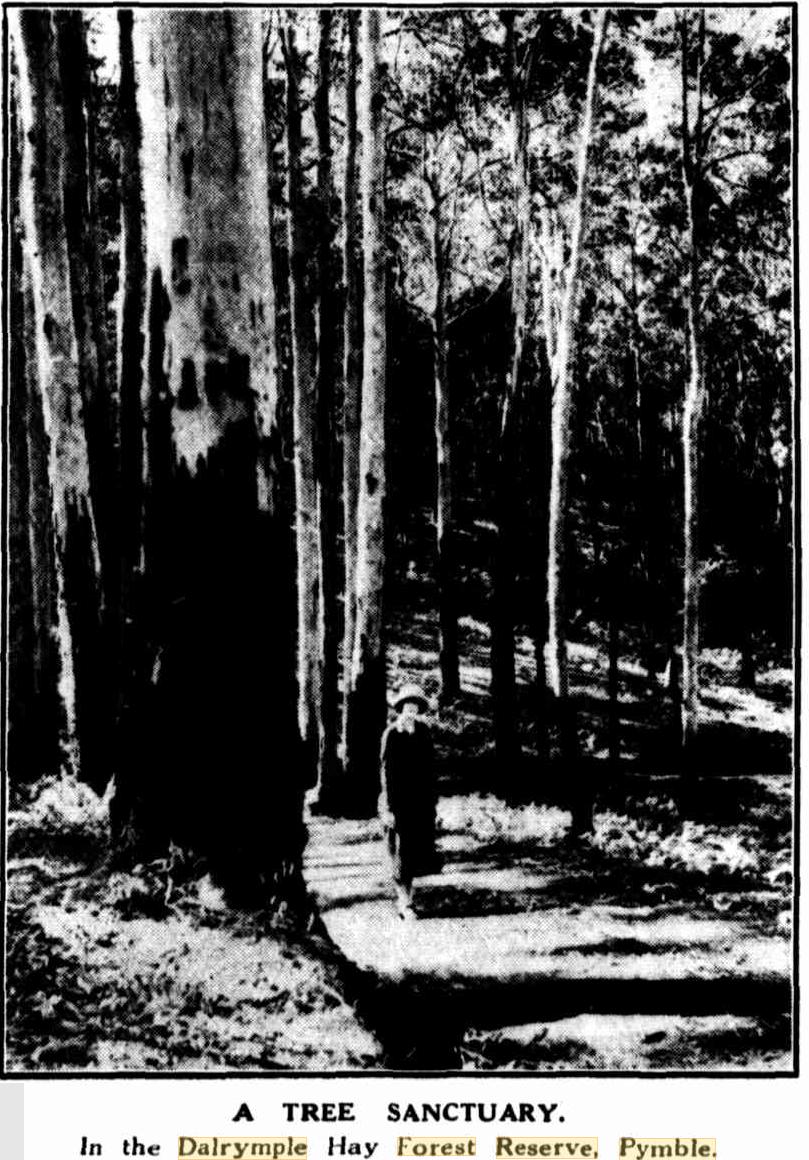

Meanwhile: At Palm Beach
"BEAUTY Born of MURMURING SOUND" Overshadows Mode & Manners At Palm Beach: PALM BEACH, Sydney's famous seaside resort, once the happy hunting ground of a few of Sydney's chosen rich and fortunate, is now in the throes of its summer season. Not quite in the throes, perhaps, for the great rush does not actually begin until Christmas Eve.
PALM BEACH is no longer a place of Arcadian simplicity, of isolated loveliness, destitute of the "mod. cons." of civilisation. Its loveliness remains, for its greatness must ever triumph over the changes wrought by man. But where, only a comparatively few years ago, the regular Palm Beach devotees could pass through thickly-timbered bushland to the yellow sands, the residents now follow a formal road or track, pick their way through hundreds of cars parked along the asphalted road, and step either over or on a mass of humanity sunbaking on the seashore.
It is a sophisticated humanity in the main, with a "right thing at the right time" code. There is a code of manners, a code of dress, a code of entertaining, a code of speech with seasonal fashions in the choice of slang, forms of salutation, and so on. By these things are the genuine "Palm Beachers" known. They have their own particular pass-word, as it were.
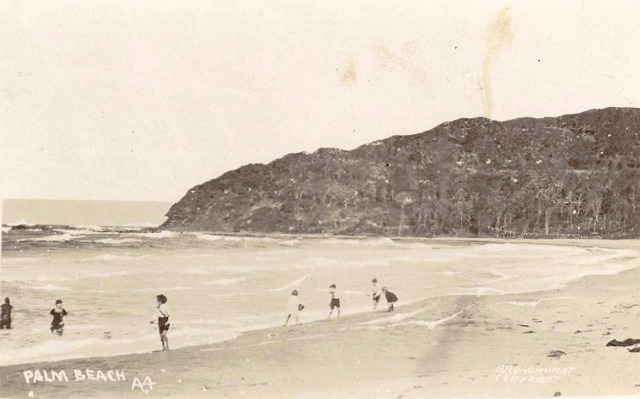 Palm Beach ca. 1900-1927, Sydney & Ashfield : Broadhurst Post Card Publishers. Image No. a106132h Courtesy State Library of NSW
Palm Beach ca. 1900-1927, Sydney & Ashfield : Broadhurst Post Card Publishers. Image No. a106132h Courtesy State Library of NSW
If one fails to do the "right" thing at Palm Beach in the season, one can be as much a frozen outsider as a bootlegger at a prohibitionist rally. This intimate circle is not as remote as it was. In the busy season, at any rate it is submerged in the vast hordes that invade the beaches, the people who come by motor cars, by motor lorries, or who form part of the camping community near the golf links or on the Pittwater side. Cheaper and better transport facilities have robbed Palm Beach of its remoteness. The beach is now fringed with beautiful homes, complete with modern conveniences, and in many instances modern art. But its golden sands and tree-studded hills, its turbulent or quiet sea, the nearby harbor with its myriad bays and inlets, will always invite lovers of the beautiful, and proffer charm and repose to those who seek its charm.
The Peters' home in Beach Rd (now PBSLSC) is one of the most outstanding. Mr. Peters, who is the engineer of Burrinjuck fame, bought the land long before he built the house. During the war years he considered it would not do to build, so the family camped on the land in a most complicated and wonderful system of tents—tents which were far superior to most seaside cottages for comfort. The McKays' home is particularly noted for its lovely garden, perfectly kept. The first frangipanni grown at the Beach was in this garden. Mr. Weldon, who owns "The Moorings," is so fond of gardening that he will even drive, after a rush day at the office, all the way to the Beach to plant a baby staghorn. Previously, however, an even more romantic owner lived in "The Moorings," the late Mr. Walter Lipscomb. He had the nameplate of this, the first bungalow built at Palm Beach (by an American architect, with keystone to the chimney piece by Theo Cowan), "moored" to a tree, not the fence, as it is at present, and the verandah not comfortably closed in as now with glass and awnings, but open to the four winds.
Palm Beach has two little characteristic "originalities." One is to name the Hill containing the homes of Doctors Godsall, Gordon Brown, and Bullmore "Pill" Hill, and to have nicknamed "Sunset Rise" "Spinsters' Rise" because of Dr. Lucy Gullett, Miss Garran, and Miss Bowman (Mrs.Macarthur now) having residences there. "BEAUTY Born of MURMURING SOUND". (1933, December 16). The Australian Women's Weekly (1933 - 1982), p. 27. Retrieved from http://nla.gov.au/nla.news-article53243910
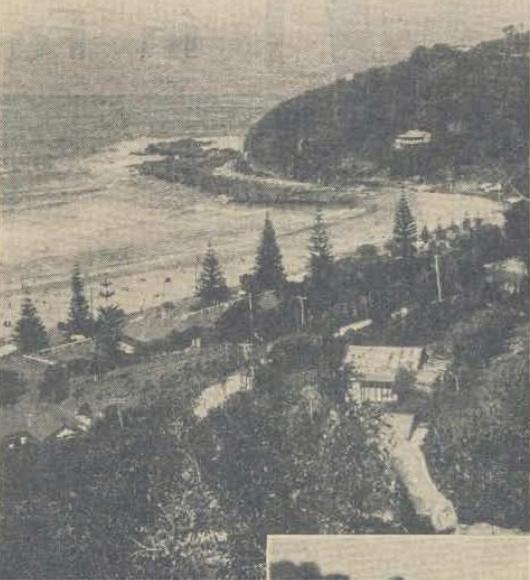 Right: The view over the beach; 'PALM BEACH, nestling in the curve of the sea-shore'. "BEAUTY Born of MURMURING SOUND". (1933, December 16). The Australian Women's Weekly (1933 - 1982), p. 27. Retrieved from http://nla.gov.au/nla.news-article53243910
Right: The view over the beach; 'PALM BEACH, nestling in the curve of the sea-shore'. "BEAUTY Born of MURMURING SOUND". (1933, December 16). The Australian Women's Weekly (1933 - 1982), p. 27. Retrieved from http://nla.gov.au/nla.news-article53243910
At the other reach of this hill equally committed to raising the tone of our lives people had holiday homes with gardens they opened year after year to the public in order to raise funds for charity. Their works are commemorated in the names of streets and reserves;
The Poinsettia Gardens of Boanbong, Palm Beach - THE gardens of Boanbong, the Palm Beach home of Mr. R. T. McKay, were open to the public on Saturday in sweet charity's cause. "The Old Gardener," whose articles are a regular feature of The Australian Women's Weekly, speaks enthusiastically on the picturesque setting of this beautiful home, situated within a stone's throw of the beach.
In the glorious sunshine of Saturday, the concerted blaze of something like ten thousand poinsettias was a never-to-be-forgotten sight, he says, and Mr. McKay is to be commended on his choice and foresight, and general planning of the spacious grounds.
Not even Brazil, their native home, or Queensland, which has adopted the poinsettia as its national flower, could produce a finer display. The Poinsettia Gardens of Boanbong, Palm Beach. (1934, June 30). The Australian Women's Weekly (1933 - 1982), p. 4 Section: THE AUSTRALIAN WOMEN'S WEEKLY HOME MAKER. Retrieved from http://nla.gov.au/nla.news-article46465722
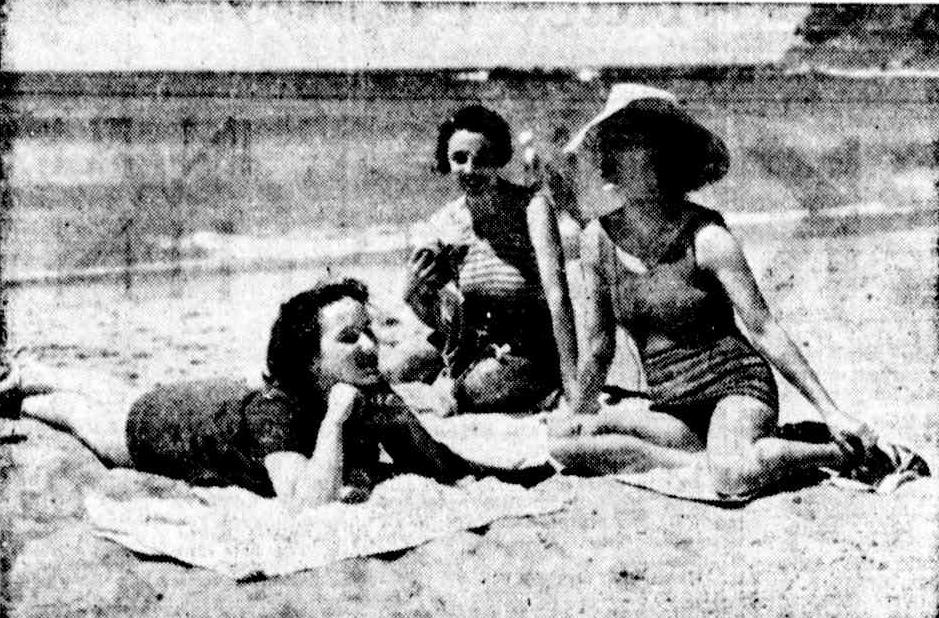
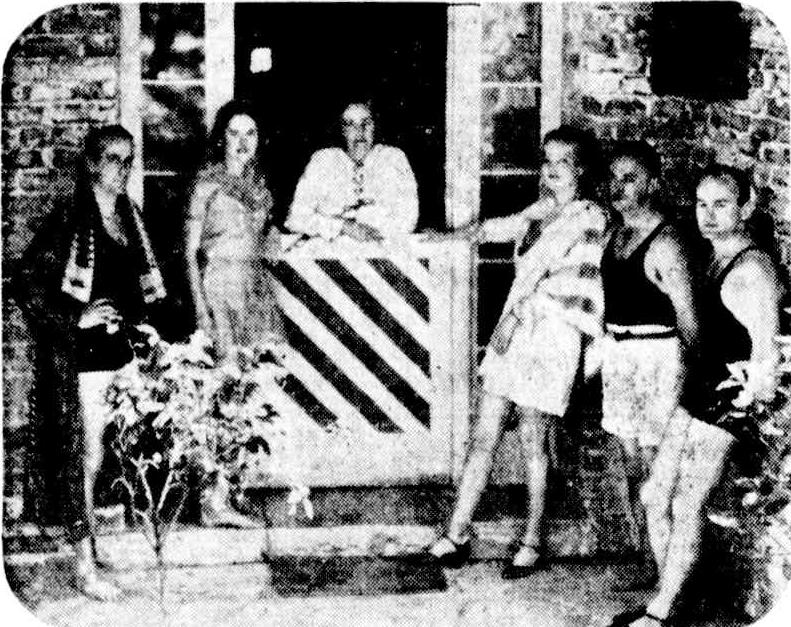
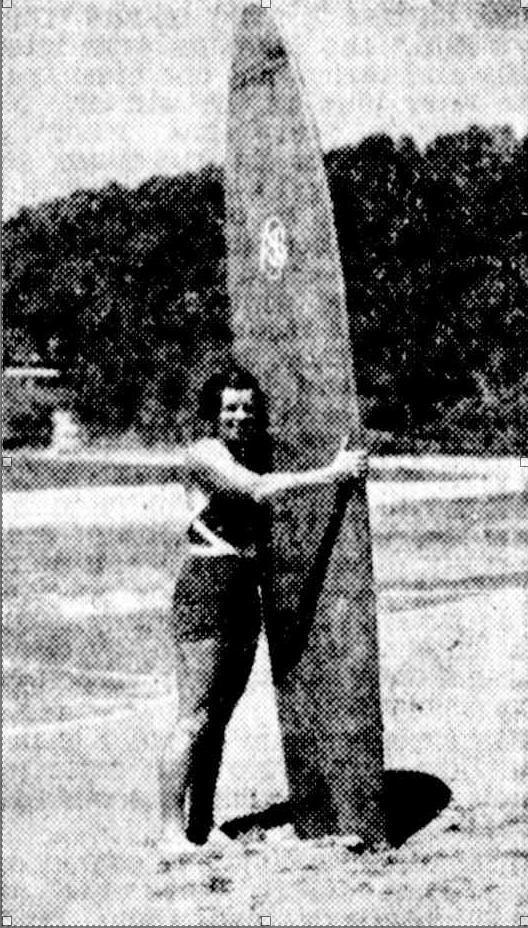
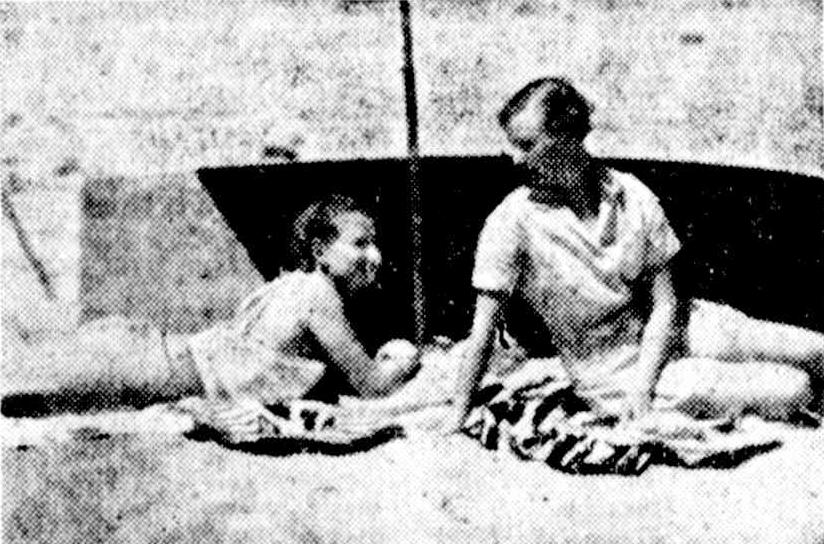
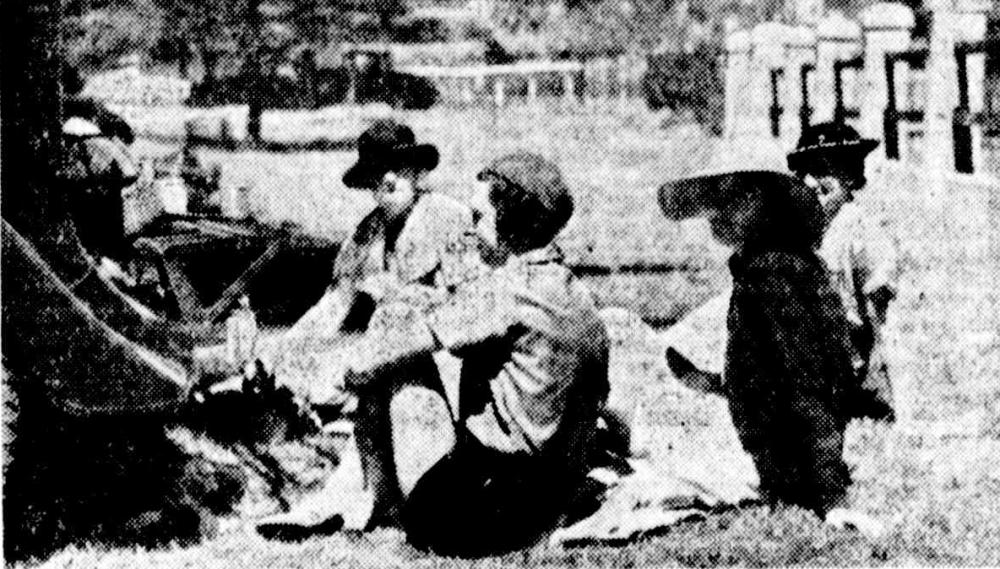
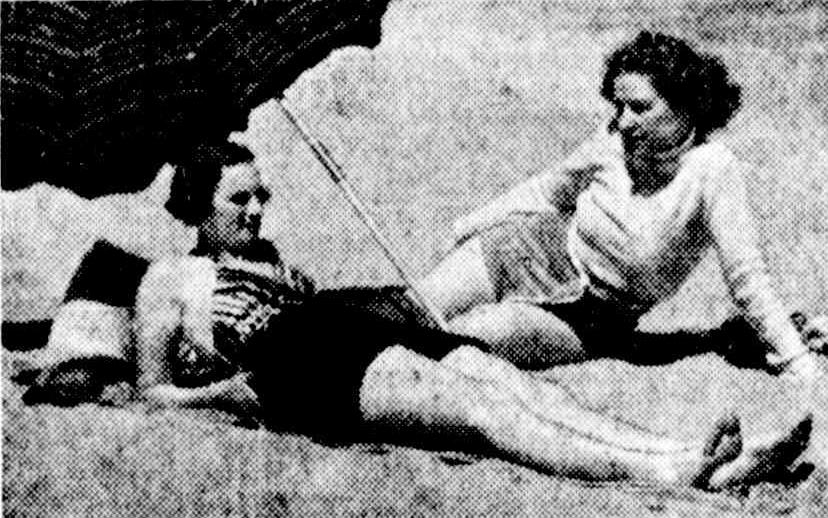
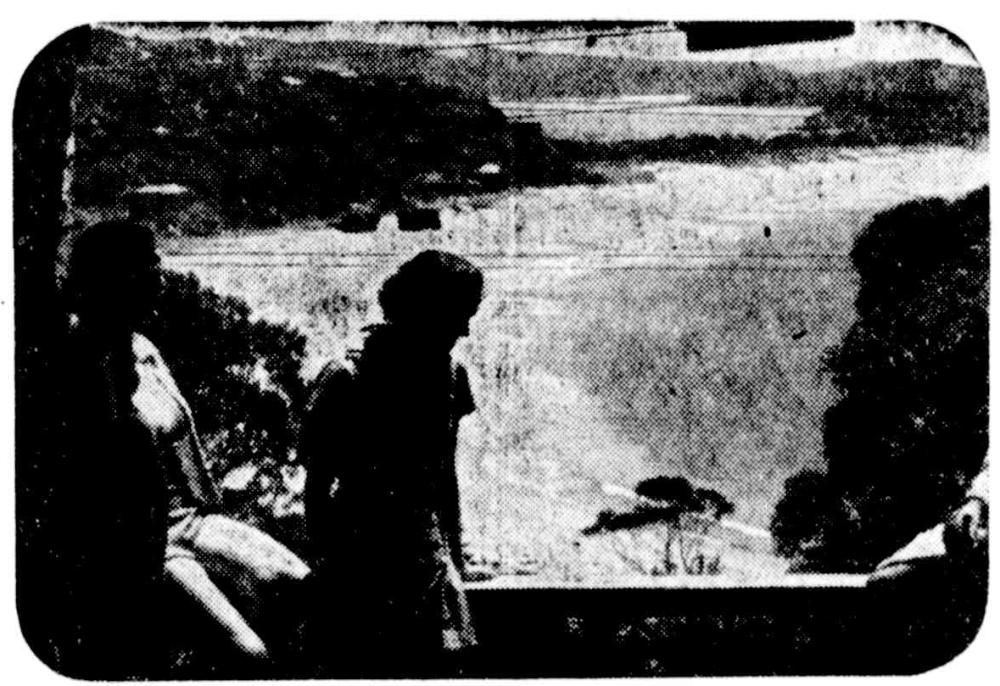
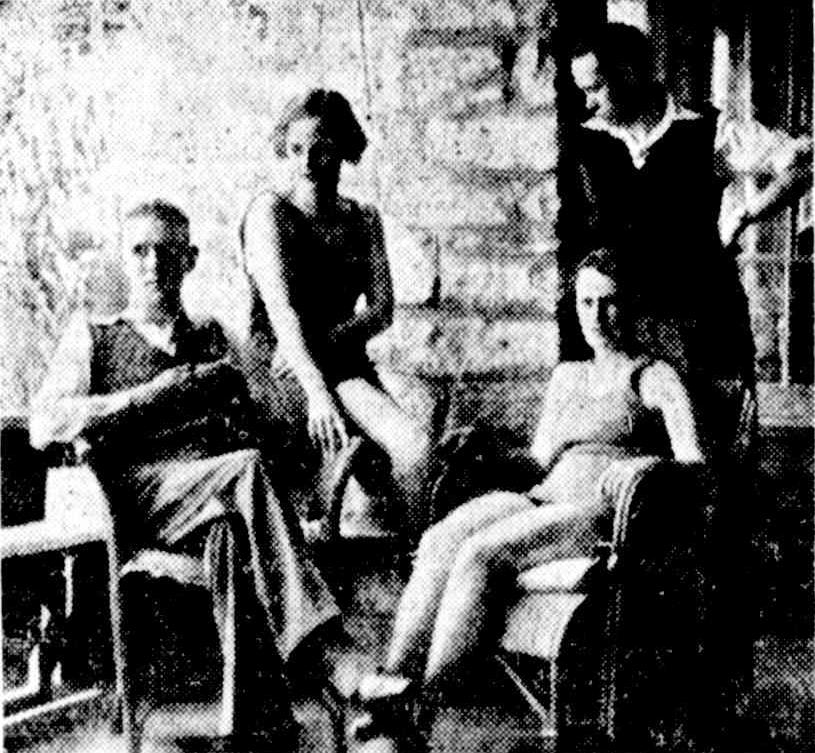
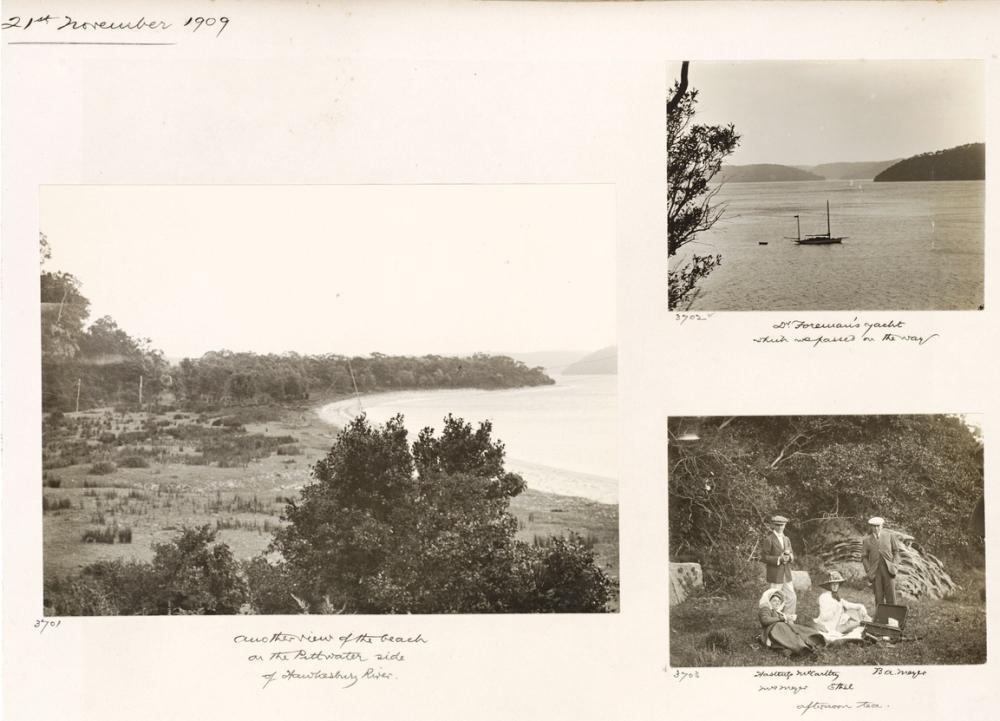
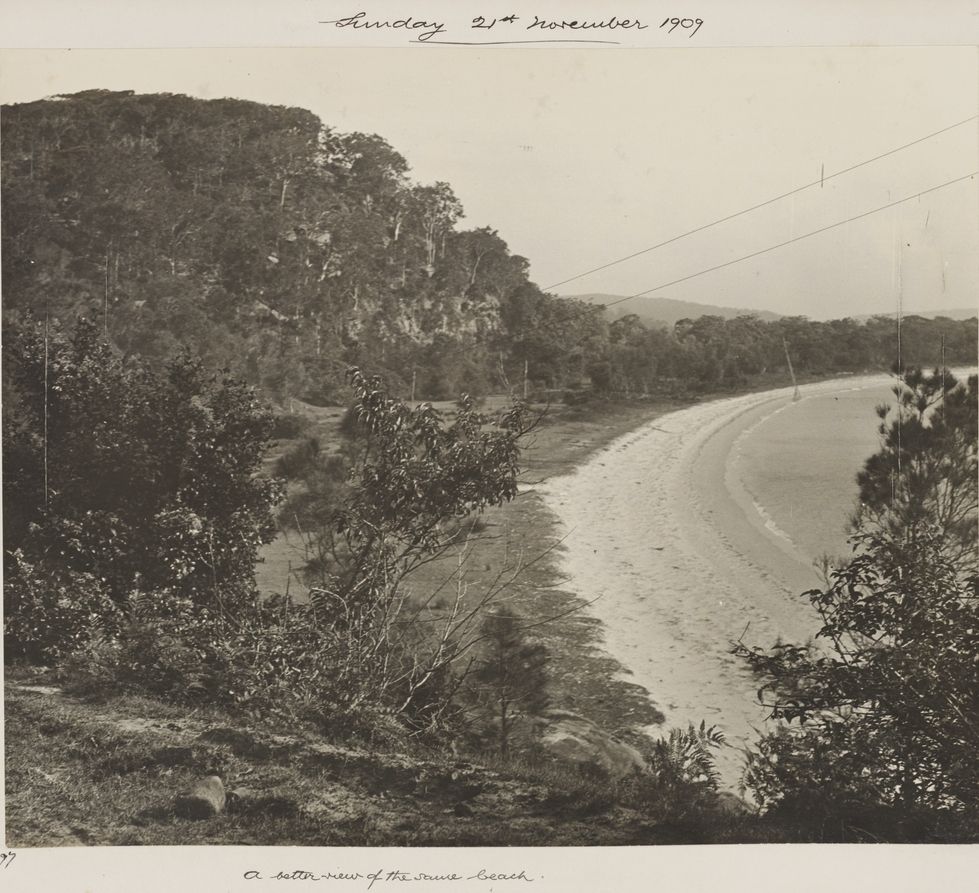
A FOREST KING — And His Loyal Subjects.
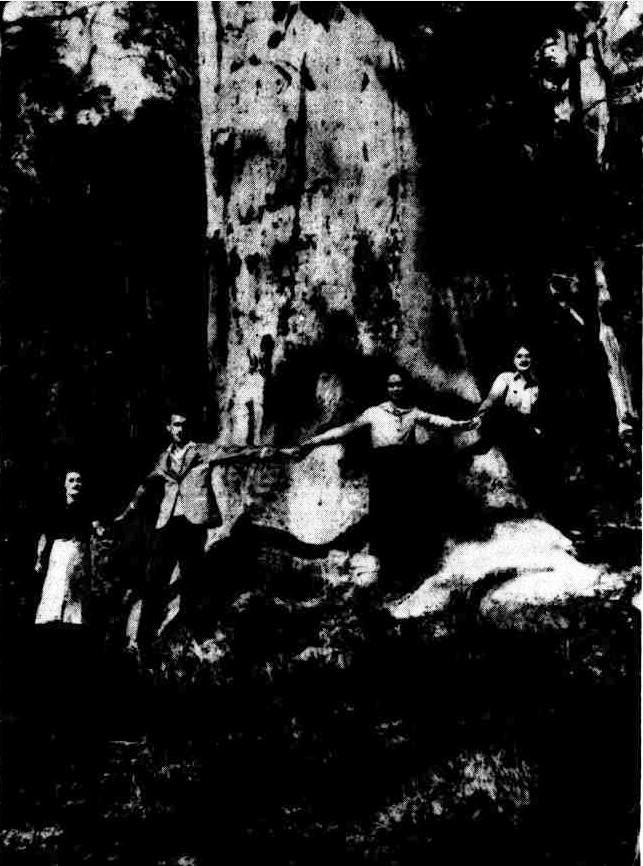
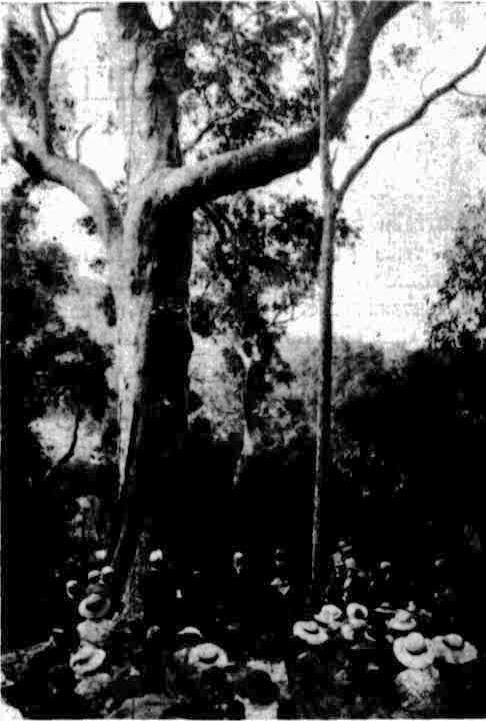 ANCIENT RED GUM.
ANCIENT RED GUM.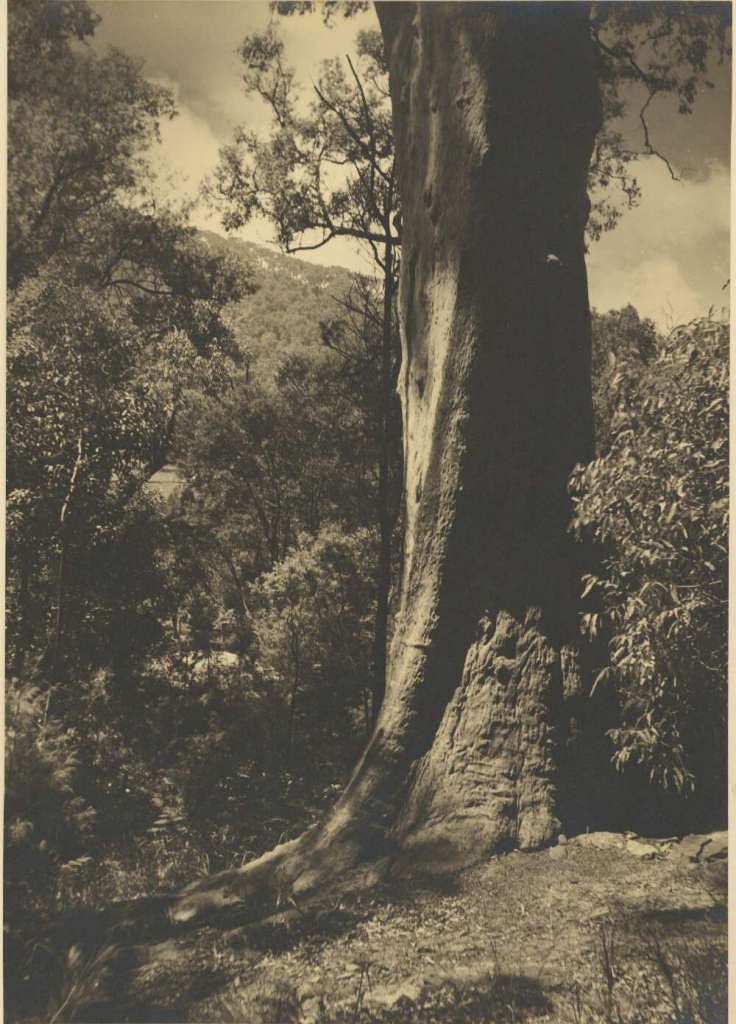
Annie Wyatt Reserve
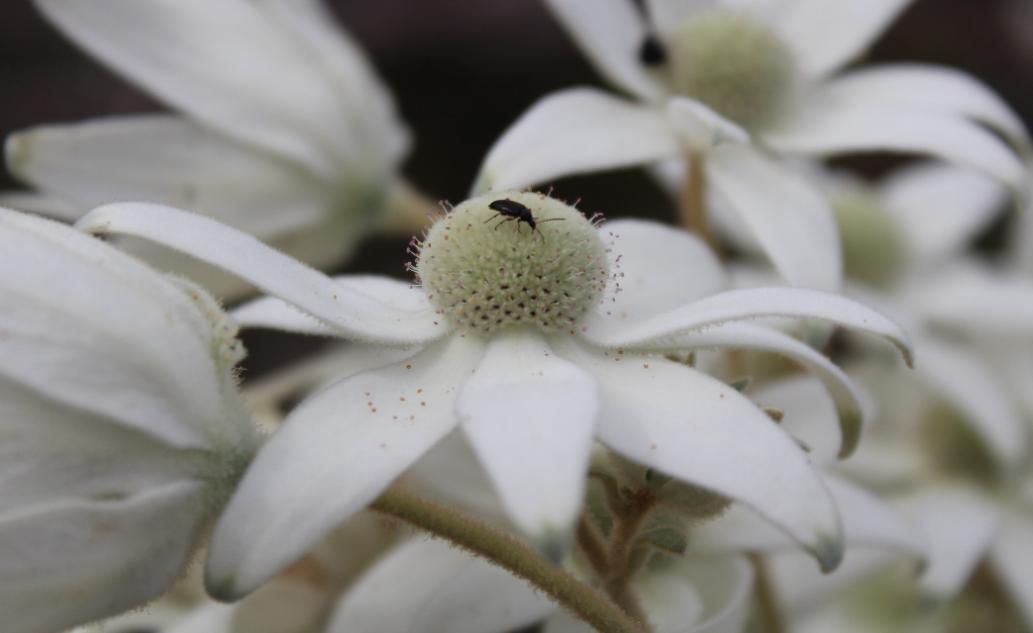
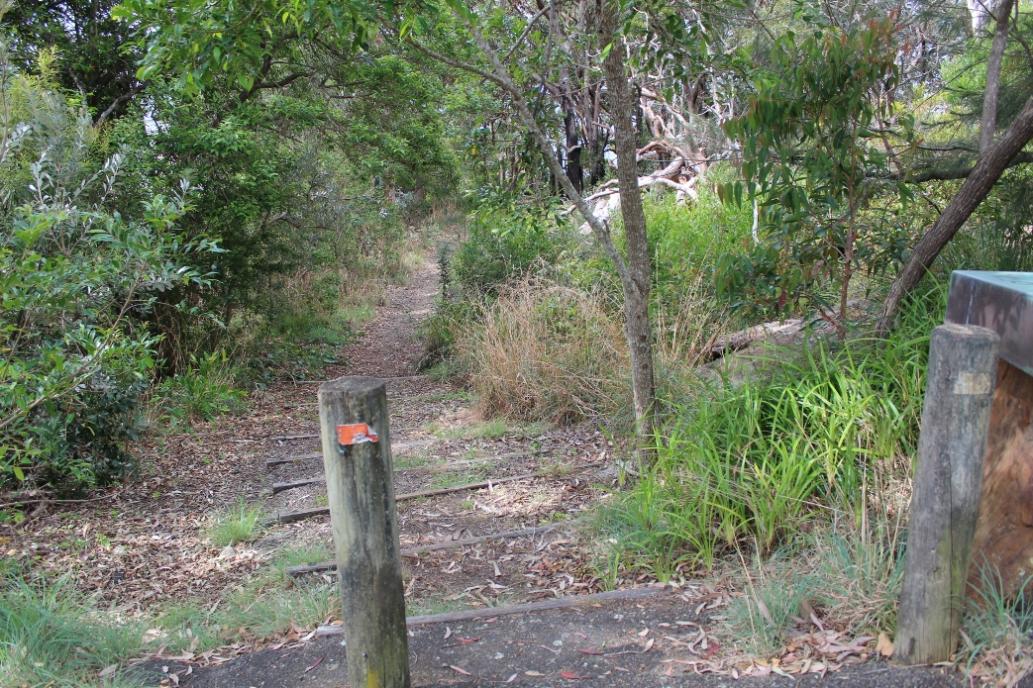
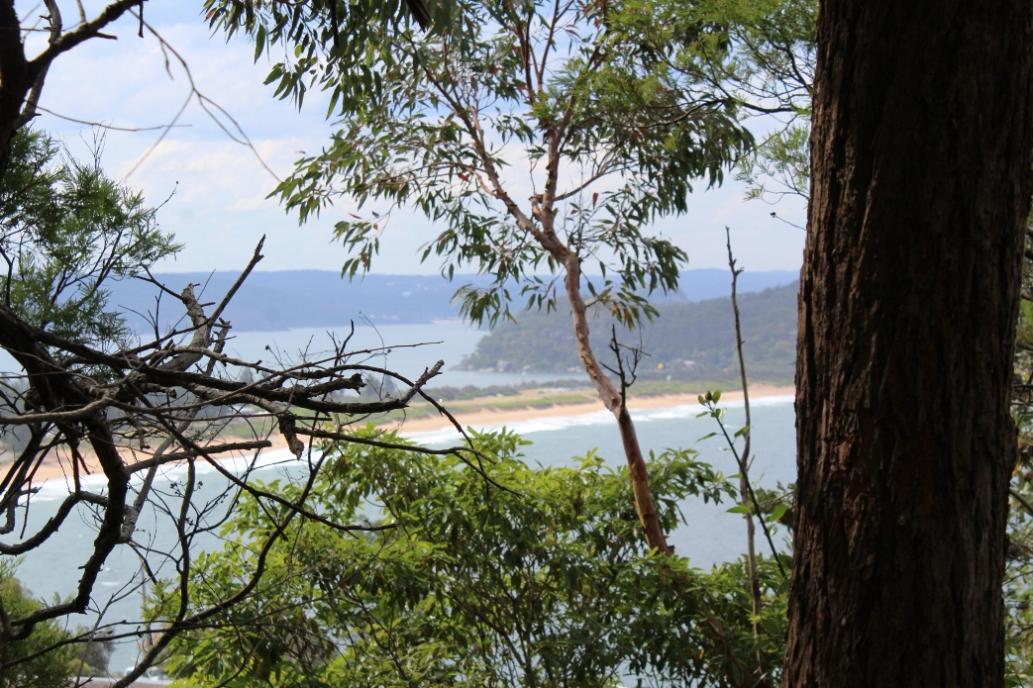
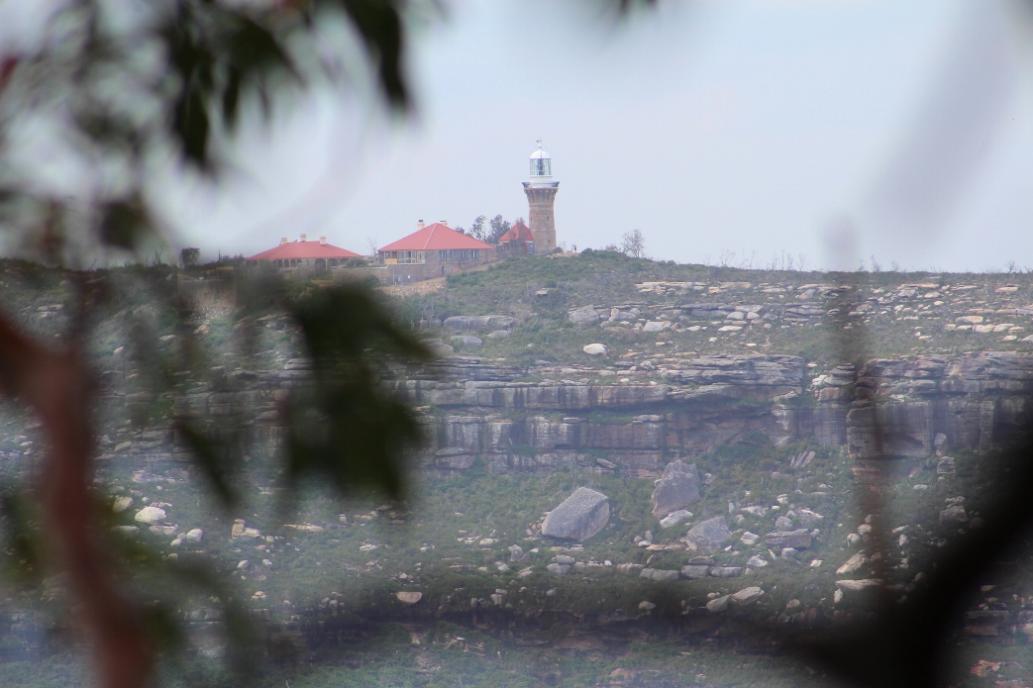
The Need To Establish A More Permanent Trusteeship
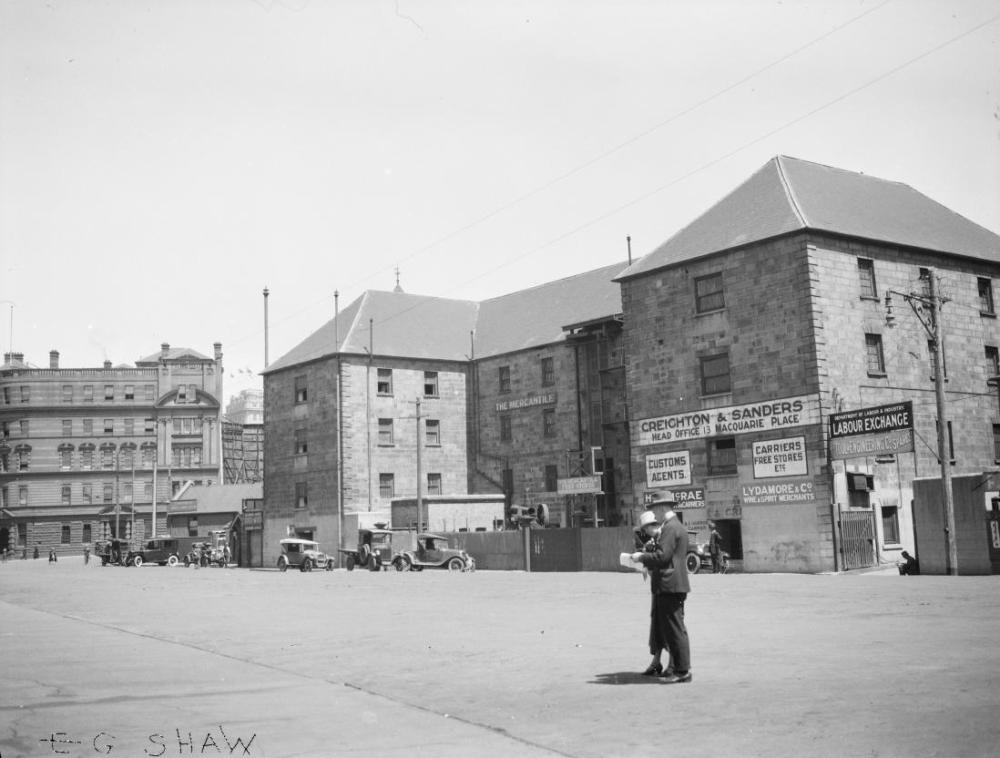
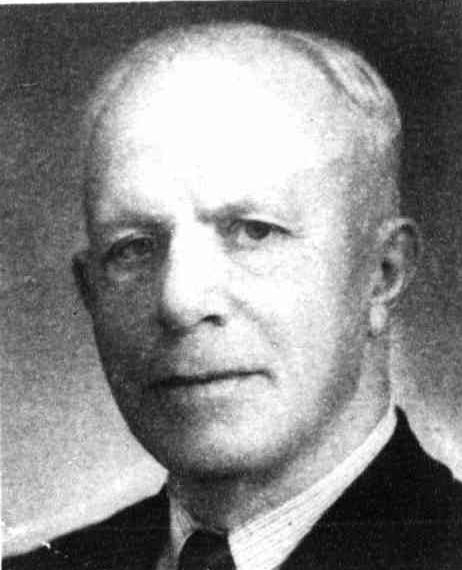
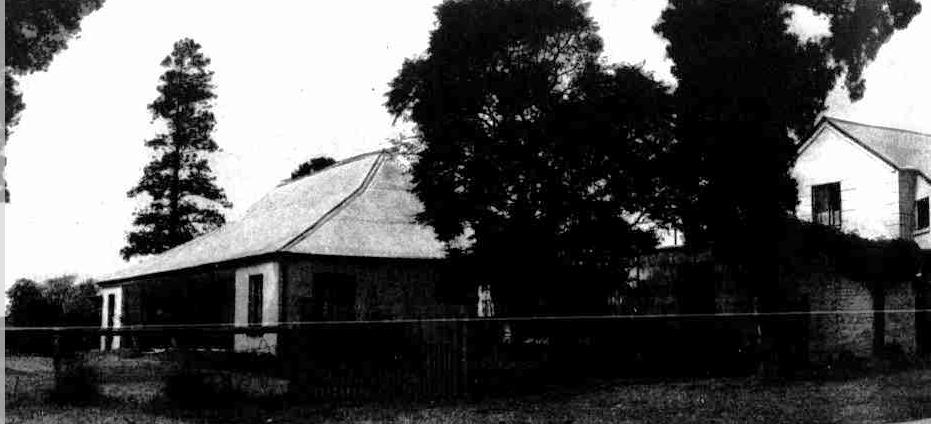
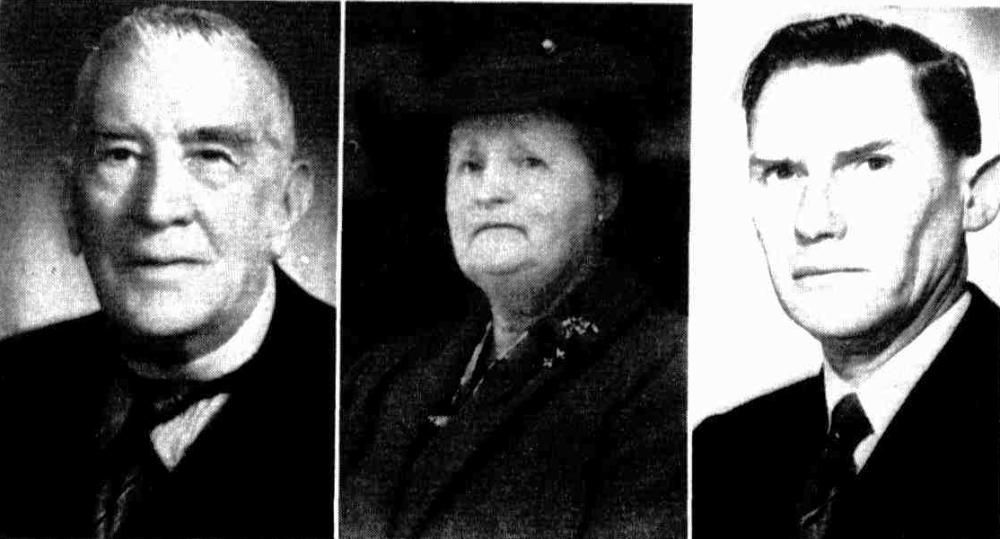
Where Annie Came From: What Led To This Lifelong Pursuit Of Other People's Happiness
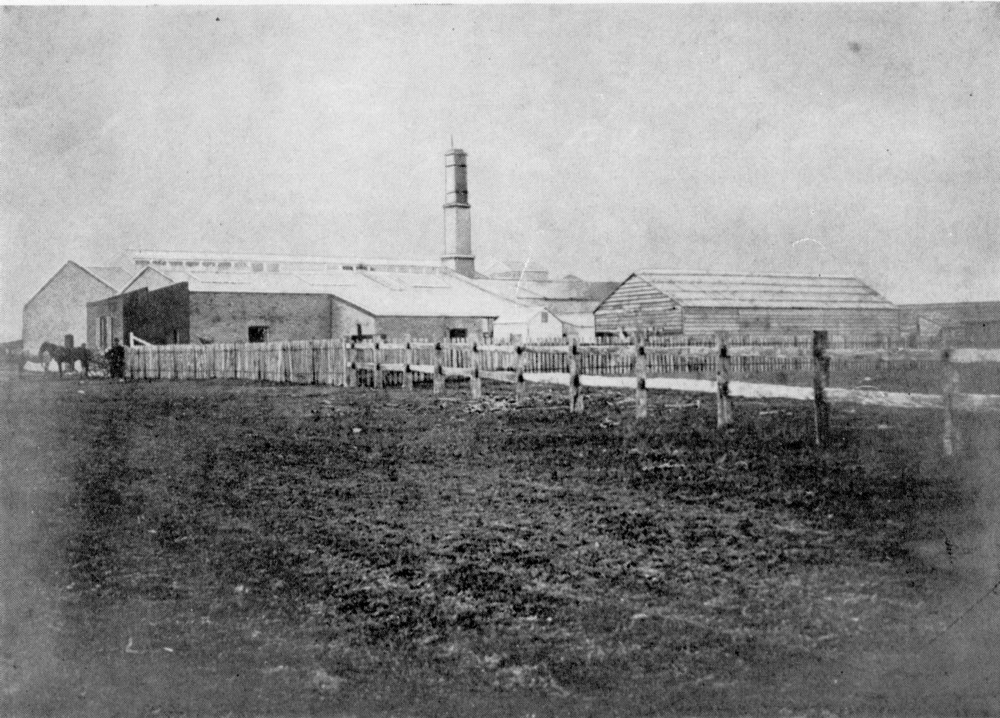
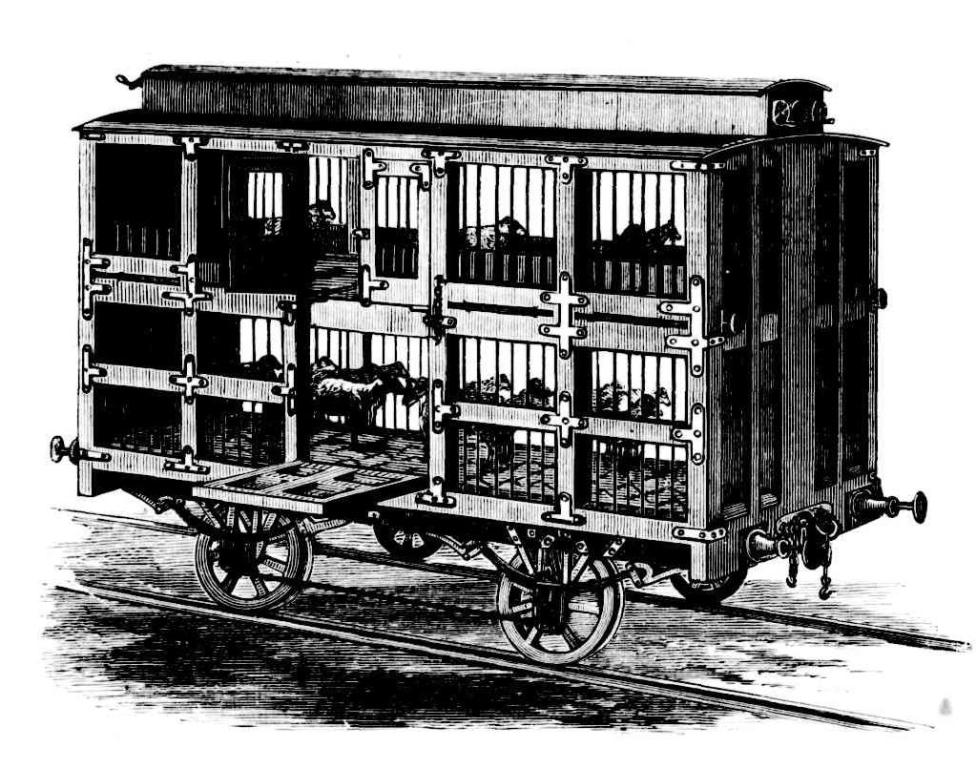
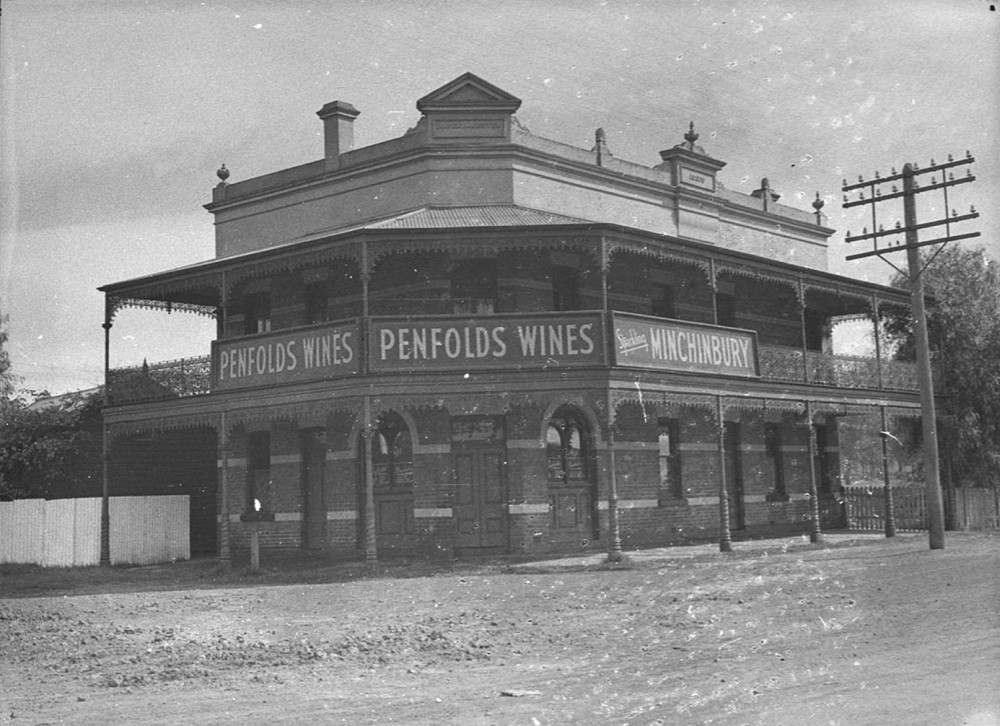
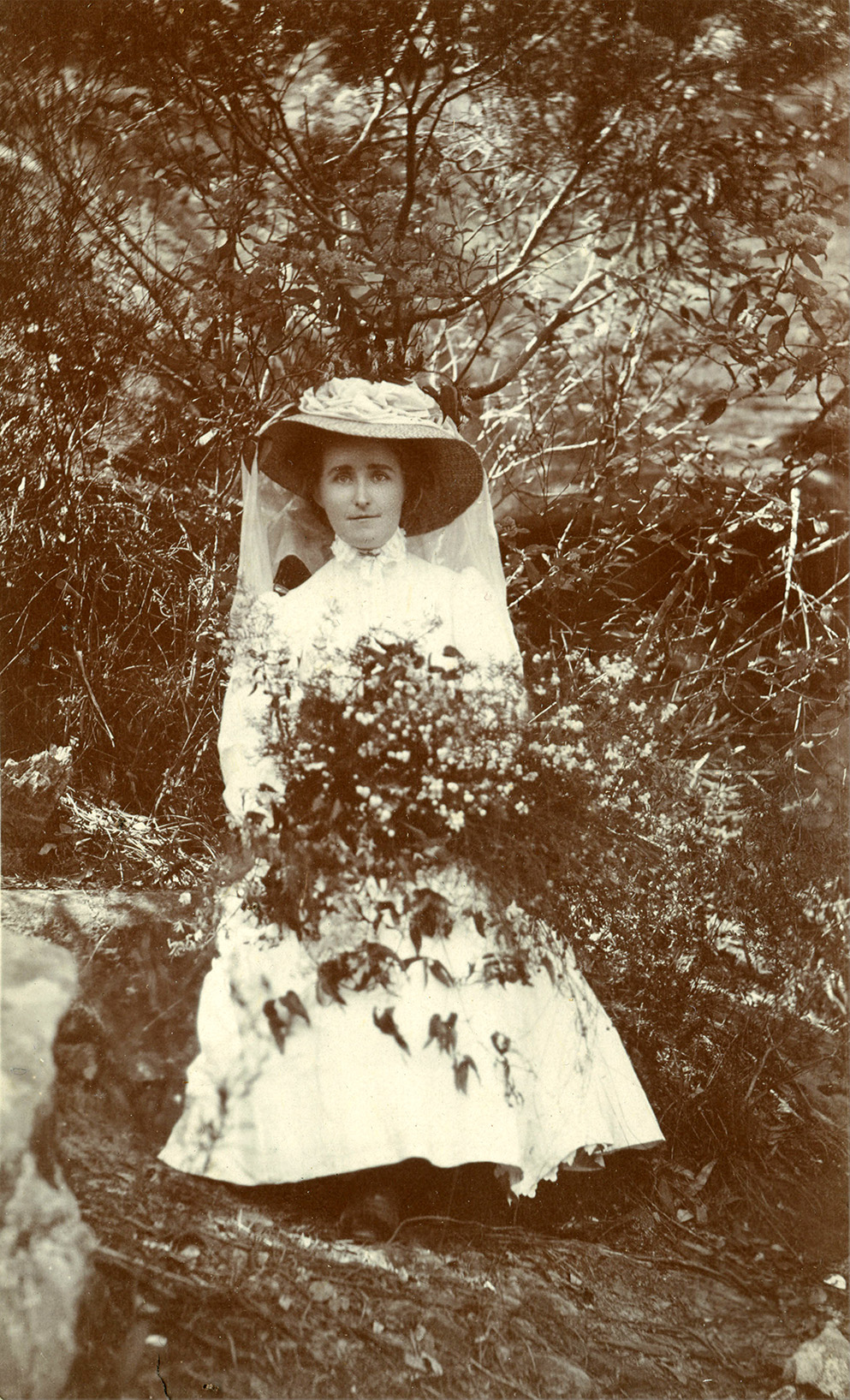
Annie Forsyth Evans with wildflowers at her family's home Girrahween in Manly circa 1905 - from from family album held by Lynnette Lee.
Opening: of the Military-road Electric Tramway.
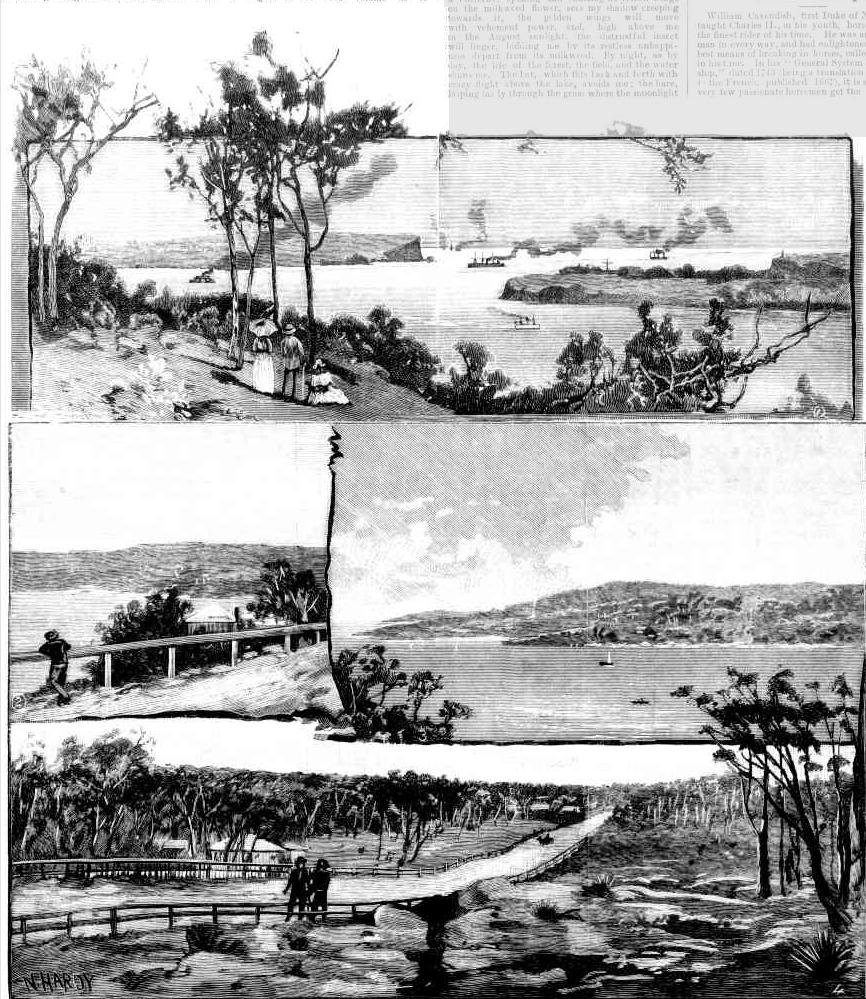
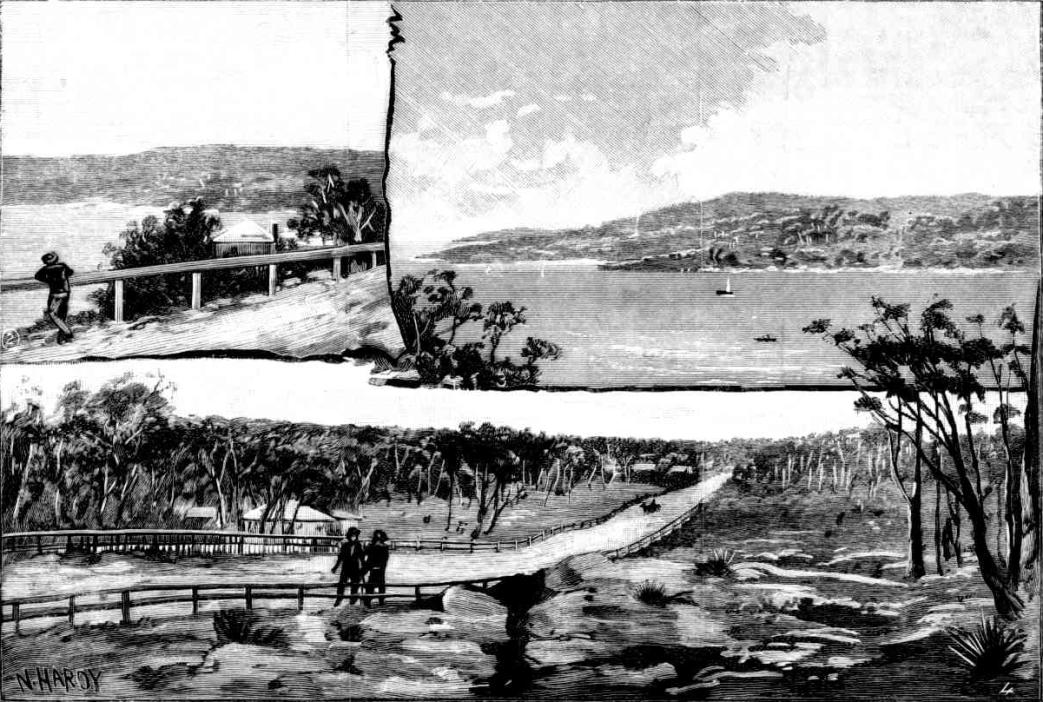
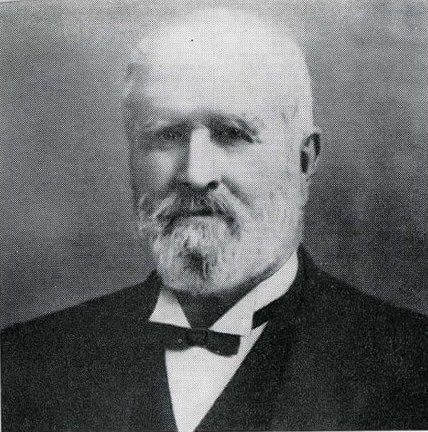
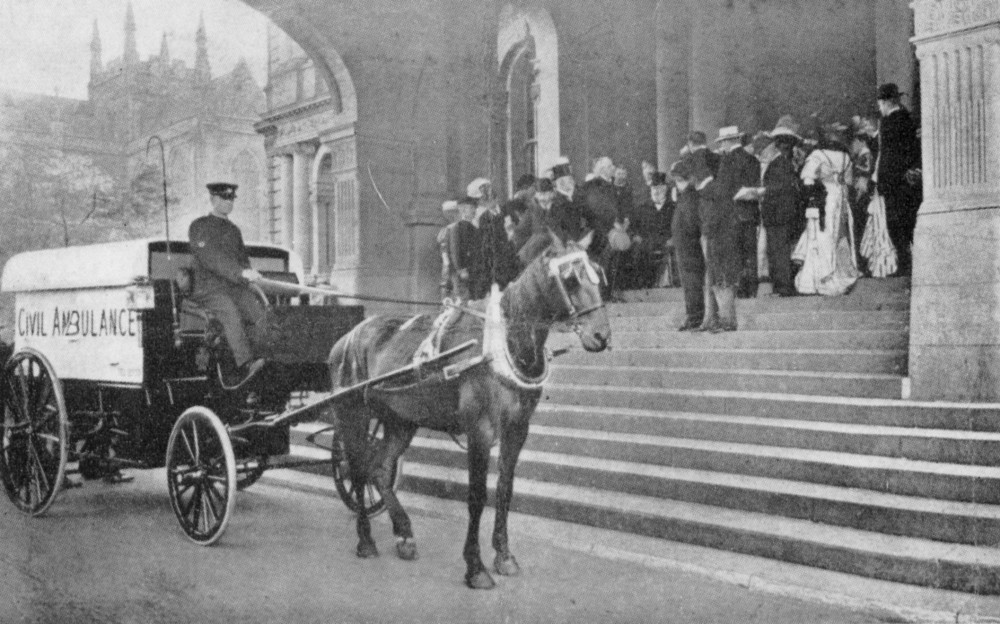
Tree Leagues Growth - More Articles
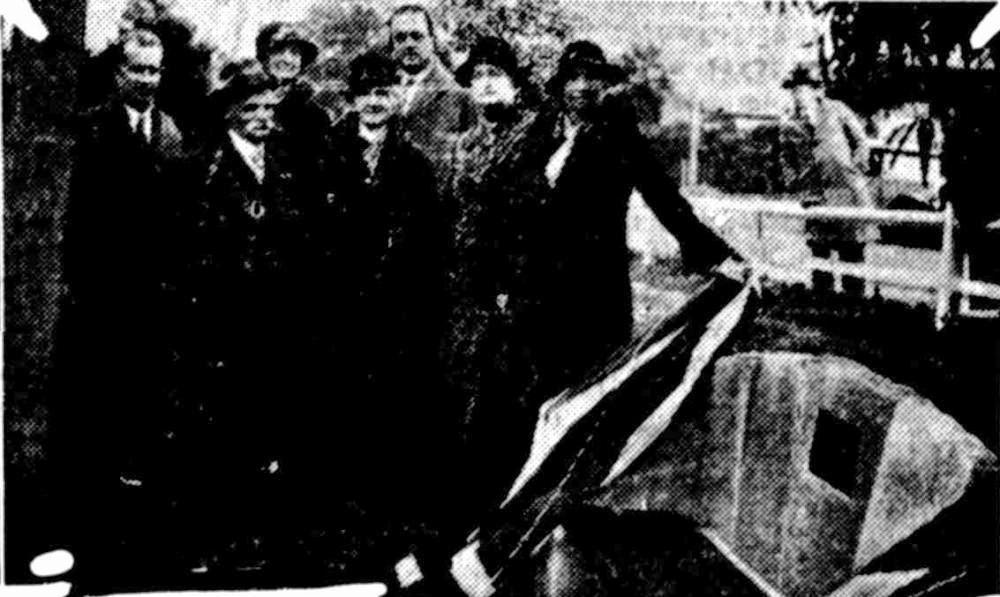
Meeting Ivor – a singer of songs and writer
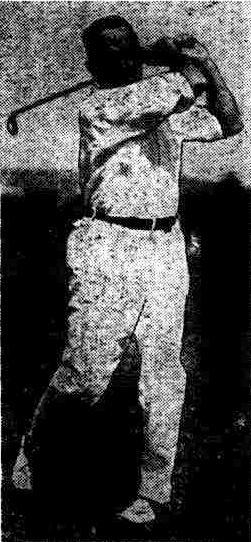
Ivor's Other Songs - Pre-Marriage
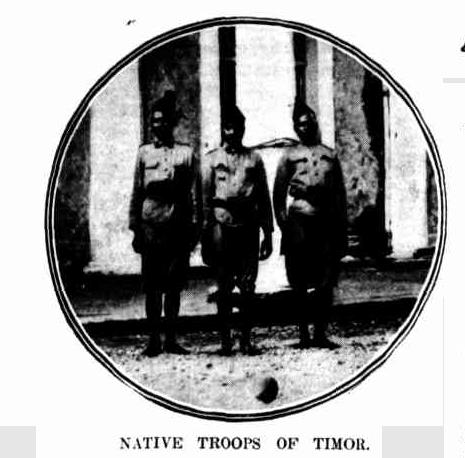
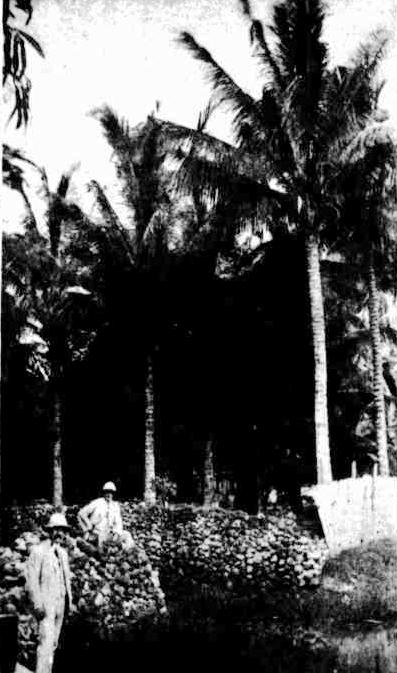
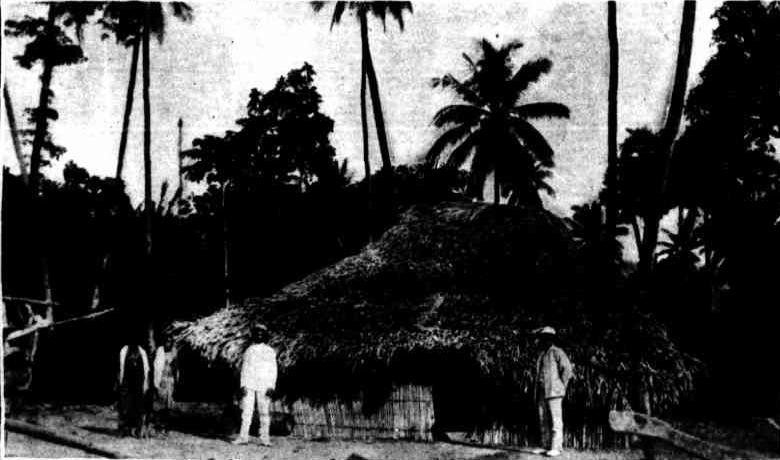
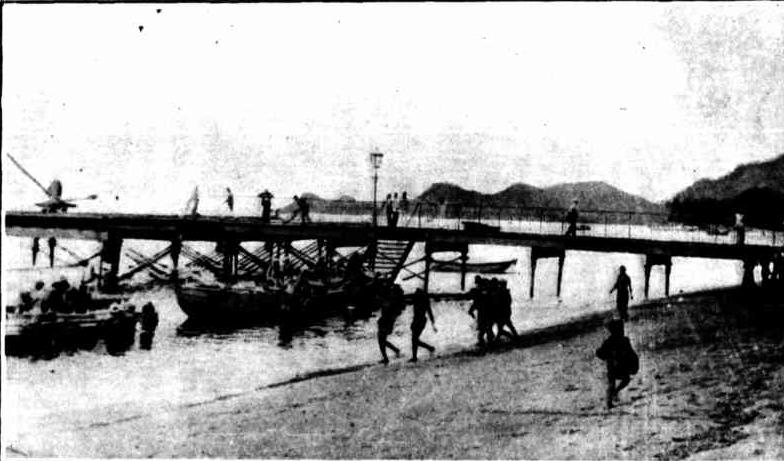
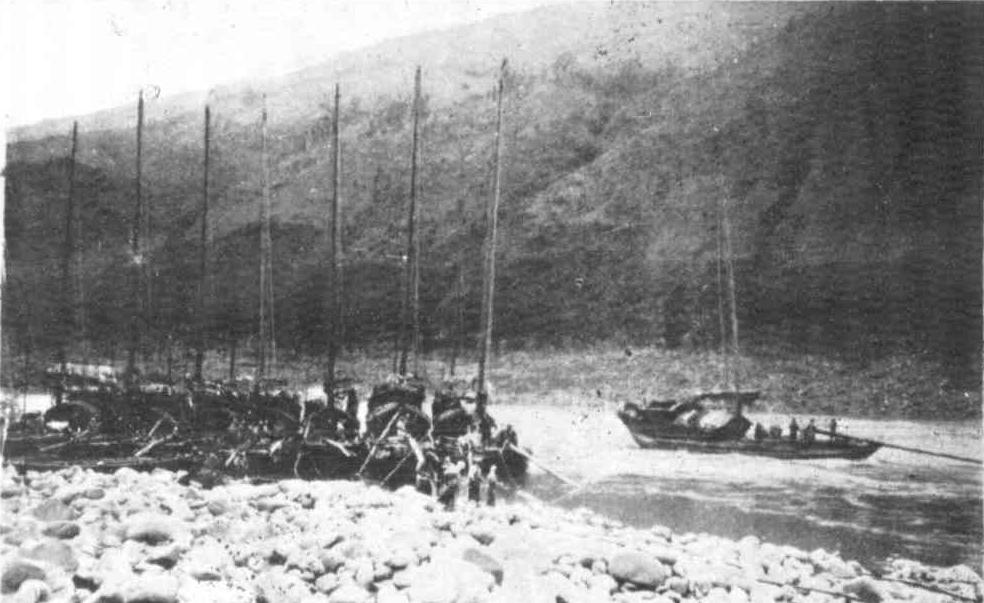
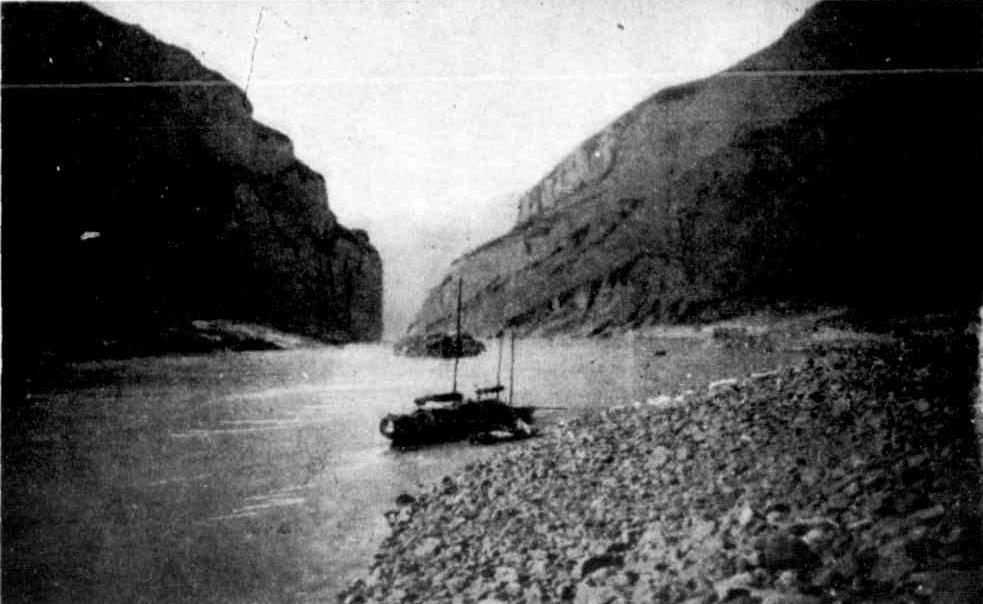
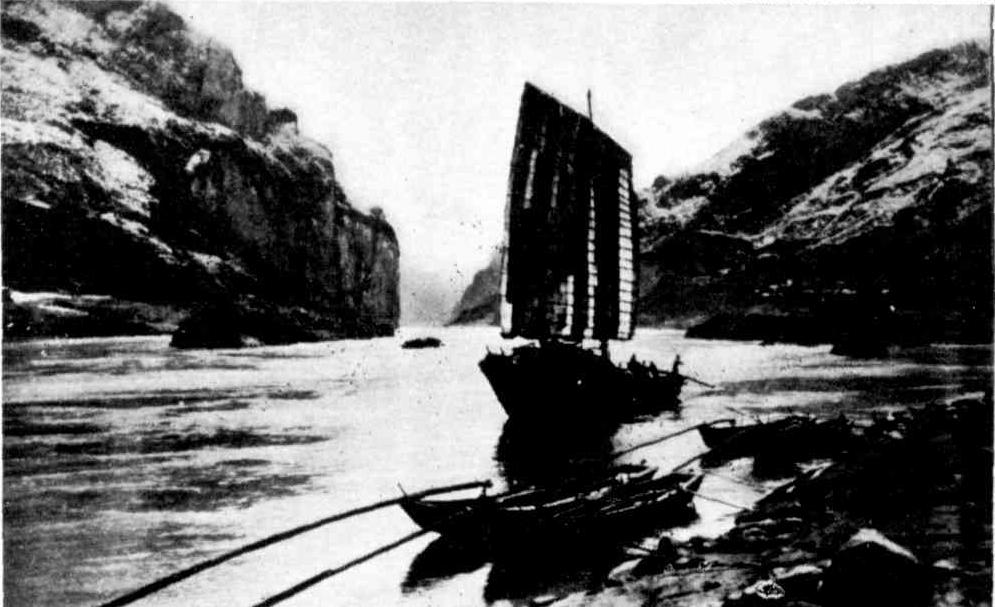
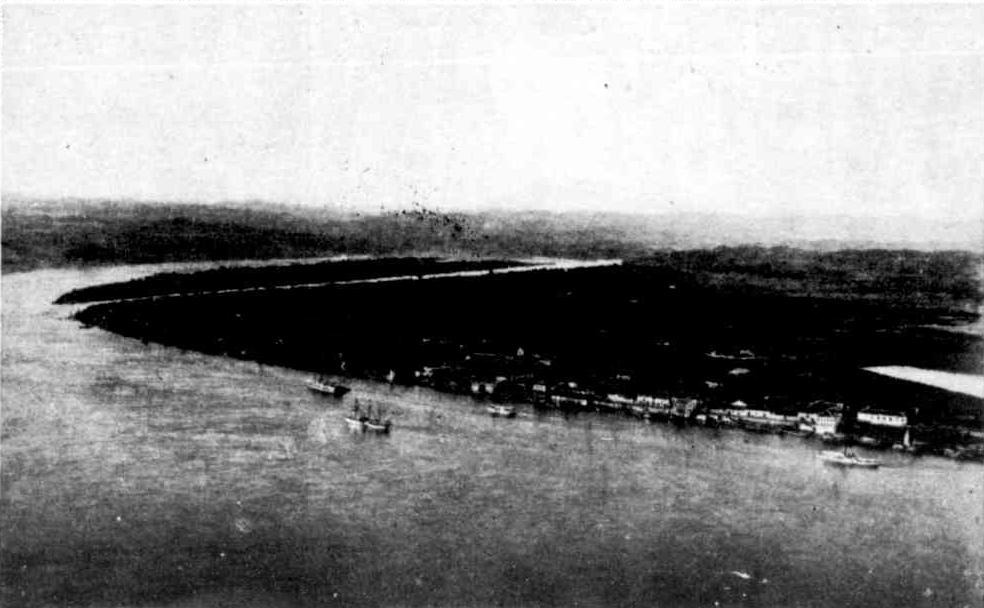
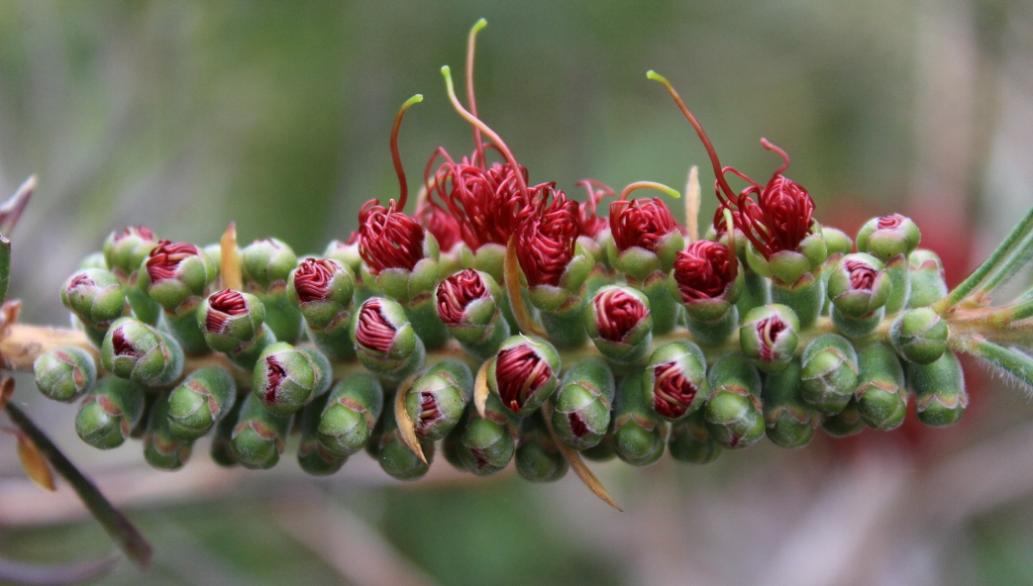
References
Trove – National Library of Australia
The Mitchell Library, State library of NSW
Australia’s National Trust work in progress... Article by ROSALIND STIRLING. 2014
National Trust NSW Winter Magazine 2015 Published on May 1, 2015
Caroline Simpson, 'Wyatt, Annie Forsyth (1885–1961)', Australian Dictionary of Biography, National Centre of Biography, Australian National University, http://adb.anu.edu.au/biography/wyatt-annie-forsyth-12081/text21675, published first in hardcopy 2002
CLAN FORSYTH SOCIETY OF AUSTRALIA – SYDNEY BRANCH - Newsletter March 2010 #1
Vale Ivor Forsyth Wyatt OBE – Ku-ring-gai Council Minutes – Mayoral Minute - Meeting held 10 August 2004
Ivor Wyatt, Ours in Trust: a personal history of The National Trust of Australia (NSW), Willow Bend Press, Sydney, 1987
Brocks Estate - Mona Vale beachfront to Bungan headland lands bought:
E K Mould - (Lots 6)- Vol-Fol: 3314-163 was part of the blocks or lots of land bought by Robert James Forsyth
Robert James Forsyth was the brother of Archibald Forsyth who was grandfather of Annie Wyatt, from the Rickards sales of the former Brocks Estate. Vol- Fol 3011-146 shows how many lots R J Forsyth bought. When he passed away Annie's husband Ivor Bertie Wyatt and solicitor Lionel Staunton Woolcott sold these lots with the sales showing both Annie's mother (Lot 24 Section B Vol-Fol: 3628-106) and herself (Lot 26 Section B Vol-Fol: 3701-226) bought a Lot in the flat and elevated parts of land fronting and rising in the north from Mona Vale beach to Bungan beach.
Vol- Fol 3011-146 shows these lots:
.jpg?timestamp=1682157767176)
.jpg?timestamp=1682157801080)
H R Swain; does not appear to be related to Swain family of Bobbin head road Hornsby and son Thomas Reginald Swain who flew in 1930's Pittwater Regattas, serving in WWI as gunner
NSW BDM's birth: SWAIN HARRY R24610/1903 parents: WILLIAM MAY registered at REDFERN - Parents marriage: 6295/1893 SWAIN WILLIAM to MARTIN MAY registered at REDFERN
H R Swain fathers death:
SWAIN. -May 30 at his residence, William, the beloved husband of May Swain aged 49 years late of Railway Traffic Dept and 17th Reinforcements, 22nd Batt. AIF. Family Notices (1922, June 1). The Sydney Morning Herald (NSW : 1842 - 1954), p. 8. Retrieved from http://nla.gov.au/nla.news-article16005399
His War Records show he was 44 years 7 months when enlisted in 1916 - was sent into Ypres, France where he sustained a GSW to the head October 4th, 1917 (entered his body from left and exited near right eye and jaw), as well as gun shot wounds in his left arm and shoulder. After stabilising him he was shipped back to Australia, February 4th, 1918 and discharged August 26th, 1918, with permanent injuries and some fragments still in his body.
SWAIN WILLIAM 6372/1922 his father's parents: HENRY J ELIZA H PETERSHAM
Will made his widow May Louisa Swain, nee Martin, beneficiary.
Records Fall As Forestry Thrives
NSW Government Biodiversity Legislation
- the proposed legislation will facilitate the removal of iconic paddock trees such as those depicted in the paintings of Hans Heysen,
- increasing emissions by removing restrictions on land clearing will directly contradict Australia’s recent signing of the Paris Climate Agreement and undermine Federal Government policy and financial commitments ($1.2 billion has been spent by the federal government on purchasing emissions via avoided clearing and re-vegetation under the national Emissions Reduction Fund.
- The legislation virtually ignores climate change. Research has proven that land clearing reduces rainfall, increases the duration of droughts and exacerbates El Niño The draft legislation lists human-caused climate change as a key threatening process for biodiversity but does not deal with this threat with only two references to climate change in the 213 pages of the legislation.
- Vulnerable ecological communities of vegetation will be less protected and mining will be permitted in areas of high biodiversity value.
- The role of the Minister for the Environment is diminished. Important decisions on biodiversity should be the role and prerogative of the Minister for the Environment.
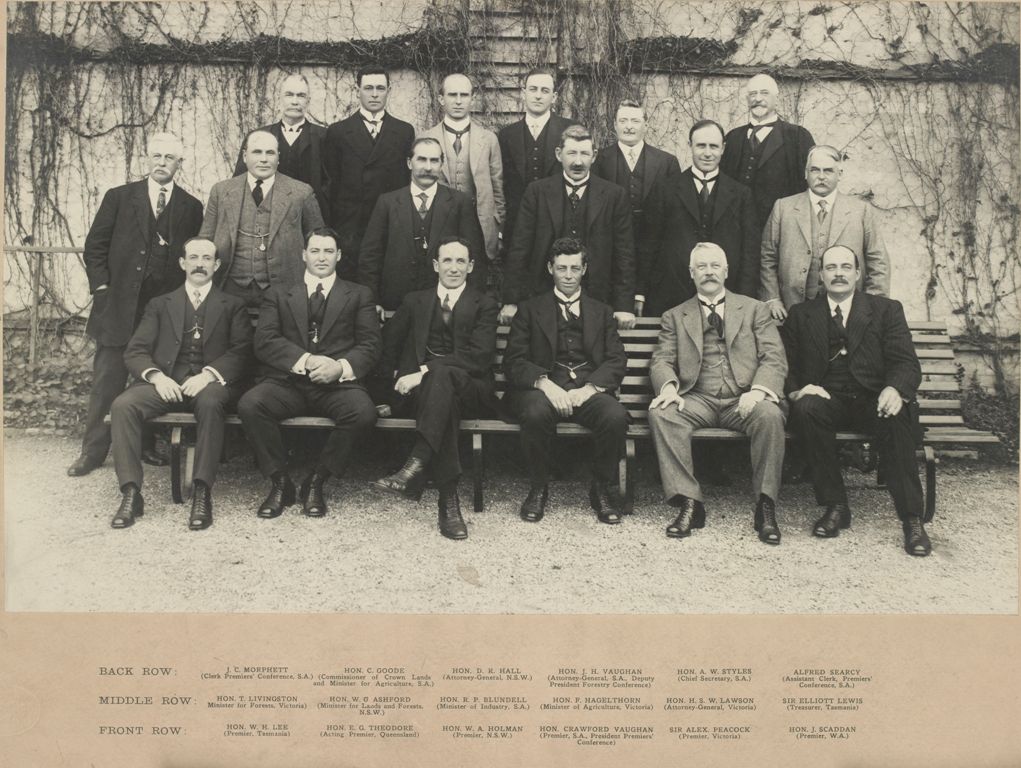
THE FORESTRY CONFERENCE.
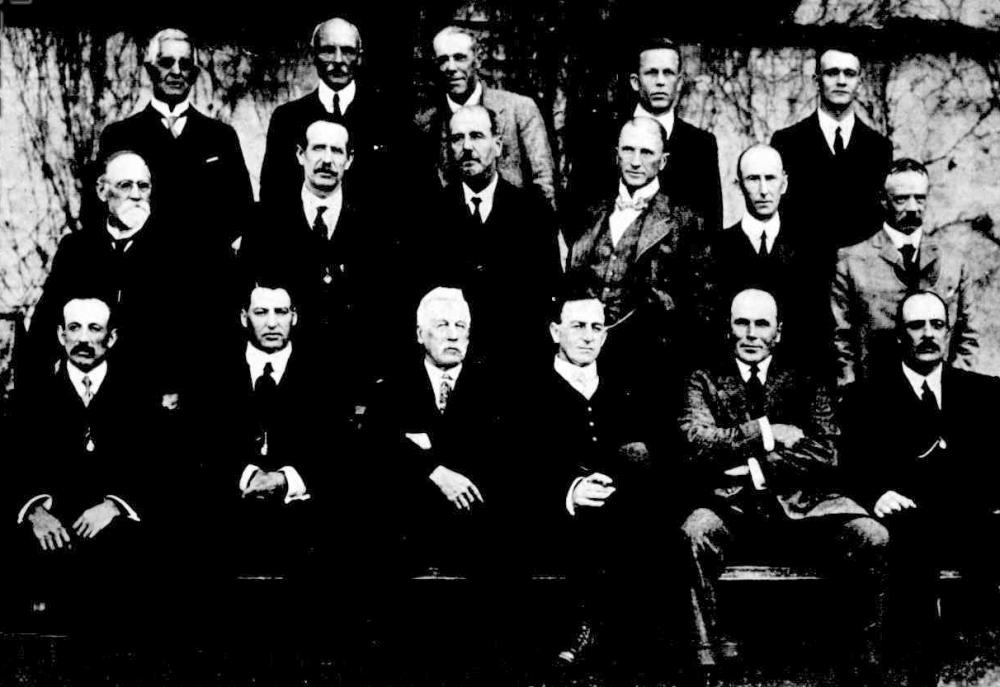
Group of delegates to the Forestry Conference, which was opened in Adelaide on Monday morning, May 22, by His Excellency the Governor-General (Sir Ronald Munro Ferguson). Bark Row:—G. G. Martin (Sec. Attorney-General, S.A.) J. P. Morice (Sec. to Conference); R. D. Hay (Director of Forests, N.S.W.); W. Watson (Sec. Forest Dept., N.S.W.); C. E. Lane-Poole (Insp.-Gen. of Forests. W.A.).
Middle Row:—W. Gill (Cons. Forests, S.A.): M. Hannah, M L.A. (Vic.); H. Markay (Cons, of Forests, Vic.): R. A. O'Keefe (Sec. Lands Dept., Vic.); H- Corbin (Asst. Cons, of Forests, S.A.); R. T. Baker (Curator Tech. Museum, N.S.W).
Front Row:—Hon. W. H. Lee (Premier, Tas.): Hon E. O. Theodore (Acting Premier, Qld.); Hon. T. Livingston (Minister of Forests, Vic.); Hon. J. H. Vaughan (Attorney-General and Minister of Forests, S.A.) (President); Hon. W. G. Ashford (Minister of Lands and Forests, N.S.W.): Hon J. Scaddan(Premier, W.A.) THE FORESTRY CONFERENCE. (1916, May 27). Observer (Adelaide, SA : 1905 - 1931), p. 23. Retrieved from http://nla.gov.au/nla.news-article164665030
THE NATIONAL PARK.
The trustees of the National Park have just issued their report for 1886, and from it we learn that a number of important improvements at the park have been effected during the year. The formation of the road in the valley of the Port Hacking River to the southernmost boundary of the park has been completed, the total length from the dam near Audley being 8½ miles. Additional beautiful scenery is made accessible, by the completion of this road, from Bola Creek Bridge, and from Palm Creek Bridge ; charming vistas of palm foliage, numerous tree ferns, and fine specimens of the cedar tree existing in these portions of the park. This road has been named Lady Carrington-road, and from it a path-way has been made branching a few yards northerly from a place known as the Curve, about three-quarters of a mile southerly from Bola Creek Bridge, and leading to a very fine forest, consisting principally of gigantic blackbutt trees. The pathway is then continued north-easterly around the north-westerly slopes of "The Island," and across Bola Creek, until it rejoins Lady Carrington-road, near the confluence of the creek with the Port Hacking River. The path has been named the " Forest Path," and it opens for both pedestrians and equestrians another beautiful part of the park. The trees in the vicinity have girth measurement up to 25 feet at the height of five feet from the ground, and attain in some case a height of nearly 200 feet. About midway between the Bola Creek bridge and the Palm Creek bridge, and a short distance southerly beyond the junction of the "Forest Path," a line for a road, to be named " Waterfalls-road," from Lady Carrington-road to Waterfall railway station, has been marked out, and is being cleared for formation. It will open out some bold and varied scenery, including "the waterfalls" at Waterfall Creek. The lower waterfall has a sheer fall of 111 feet, and the upper—a few yards westerly from the lower—46 feet.
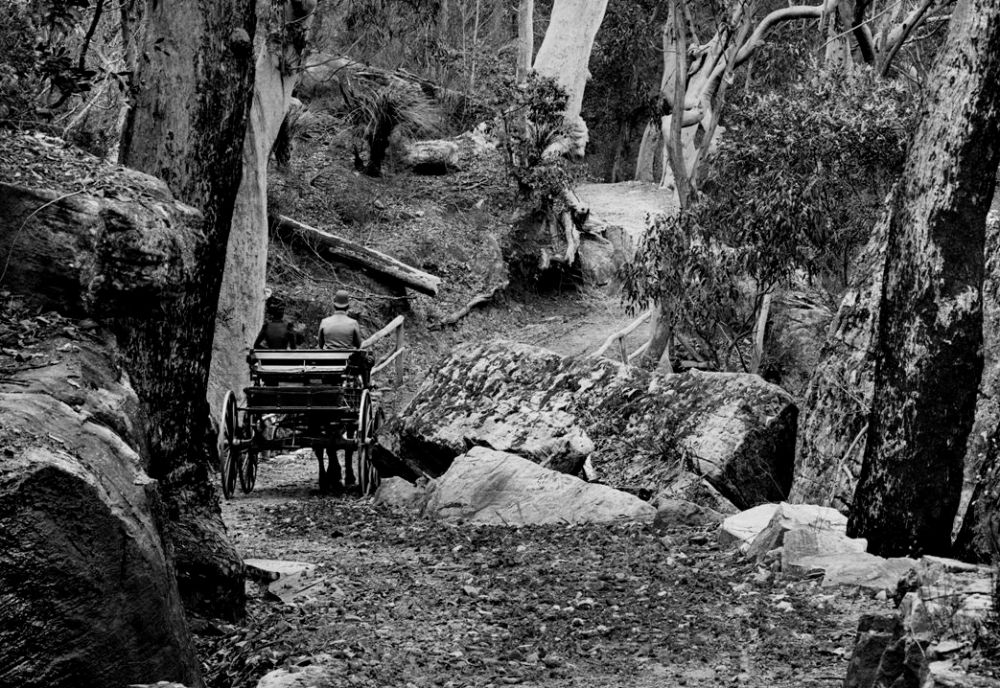
Lady Carrington Drive/road circa 1890-1900 - Photography by Kerry & Co. (85/1284-2700), Kerry & Co. photographs Courtesy the Powerhouse Museum’s ‘Tyrrell Collection’
From the summit of the land at the easterly fall an uninterrupted view is obtained of a fine forest in the valley of the creek, which forest extends across the main Port Hacking River. At three-quarters of a mile westerly above "The Falls," and for the whole of its course below, Waterfall Creek is a permanent brook with a succession of fine pools of pure fresh water. One of those pools, about a quarter of a mile above the falls, affords an excellent bathing place with a clear smooth rock bottom and a miniature sandy beach. One mile and a half westerly from the falls this road will join the main Illawarra-road at Waterfall railway-station, at 720 feet above sea level, and about 700 feet above the water level of Port Hacking River, at the crossing of " Waterfalls-road;'
From the immediate vicinity of Waterfall Station an excellent view is obtained of Mount Westmacott, three quarters of a mile distant westerly, and upon which, at the altitude of 880 feet, is erected a trigonometrical station beacon.
Another road has been made which will sh orten by three miles the access from Audley to Port Hacking Heads to the beautiful, hard white sand beaches of Jibbon and Yarmouth, to the lovely ocean inlet of Wattamolla, and to Marley ocean beach. Towards the construction of this road the directors of the " Yarmouth Estate" contributed £100. The part of the road entirely new branches easterly from the present road, from Audley towards Clifton, at three miles from the dam. At half a-mile from that road the South-west Arm Creek is crossed at a flat rock immediately below the confluence of a small creek. This crossing has "been made thoroughly safe for riding or driving by filling the small holes with concrete. Just below the crossing there is a good bathing place, with fresh water. After crossing South-west Arm Creek the road ascends to the Coast Range by easy grades near the right bank of a line creek, fitly named Cascade Creek, as it falls over two small cascades. Half-a-mile from the crossing-place over South-west Arm Creek the road passes within a few yards of the lower cascade, to which a footpath is made. A second footpath from the road is made to a fine bathing place in the creek, about 200 yards below the lower cascade. Three quarters of a mile easterly from this cascade the road joins the Main Coast Road from Port Hacking to Clifton at about half a mile southerly from " Saddle Trigonometrical Station," 5½ miles southerly from Jibbon Beach, and 2½ miles westerly from Wattamolla Inlet.
Since the date of the last report (31 August, 1885) the road to the Deer Park, formerly cleared only, has been improved and made easily practicable for vehicular traffic. From this road several very beautiful and extensive views are obtainable of the wide parts of Port Hacking River in the directions of North-west Arm and Gymea Bay. During the year, progress has been made towards construction of the intended masonry dam across Port Hacking River, about a quarter of a mile below the Upper Peach Trees.
This work is intended to conserve a fine sheet of water about a mile and a half in length. The dam at Audley has been strengthened and maintained in a satisfactory condition. The work of clearing and keeping clear Port Hacking river and Kangaroo Creek (both navigable fresh water) of fallen timber, &c., has been continued efficiently by park employees.
Upon the area of 60 acres purchased by the Government as an addition to the park, and referred to in the report of 31st August, 1885, a cottage has been erected as a residence and head-quarters of one of the park rangers. During the current year six of the employees have been appointed special constables, with a view to the preservation of the birds, and the prevention of, removal of, or injury to, the trees and plants, indigenous or otherwise, growing on the park.
Further progress has also been made in the work of under-scrubbing the land easterly from the Illawarra railway line, between Sutherland and Loftus Heights, and south-westerly from the latter, in extension to the area of 230 acres cleared by the trust. This work has been done by men known as " the unemployed," paid by the Government, and working under the supervision of Government appointees.
Some of the land cleared at Loftus Heights has been stumped and grubbed, preparatory to ploughing, harrowing, sowing with grass seed, and rolling, and shortly there will be ready for the purposes of military encampments and manœuvres about 2000 acres of gently undulating land, at altitudes varying from about 250 feet to about 600 feet above sea level.
Arrangements are in progress for the erection of a commodious and handsome hotel upon an excellent site upon the higher ground near Loftus, station, which will contain upon its completion ample and excellent accommodation for visitors and at reasonable prices. The deer presented by the trustees of the Parramatta Park in 1885 have increased in number, and with their progeny are thriving at the deer park. Five red deer, a very valuable donation from Mr. E. S. Cox, of Fern Hill, were added in November, 1886, and are also doing well.
For convenient reference in illustration of the report, a small guide map drawn to a scale of 1 mile to 1 inch is issued with it. THE NATIONAL PARK. (1887, June 27).The Sydney Morning Herald (NSW : 1842 - 1954), p. 3. Retrieved from http://nla.gov.au/nla.news-article13656864
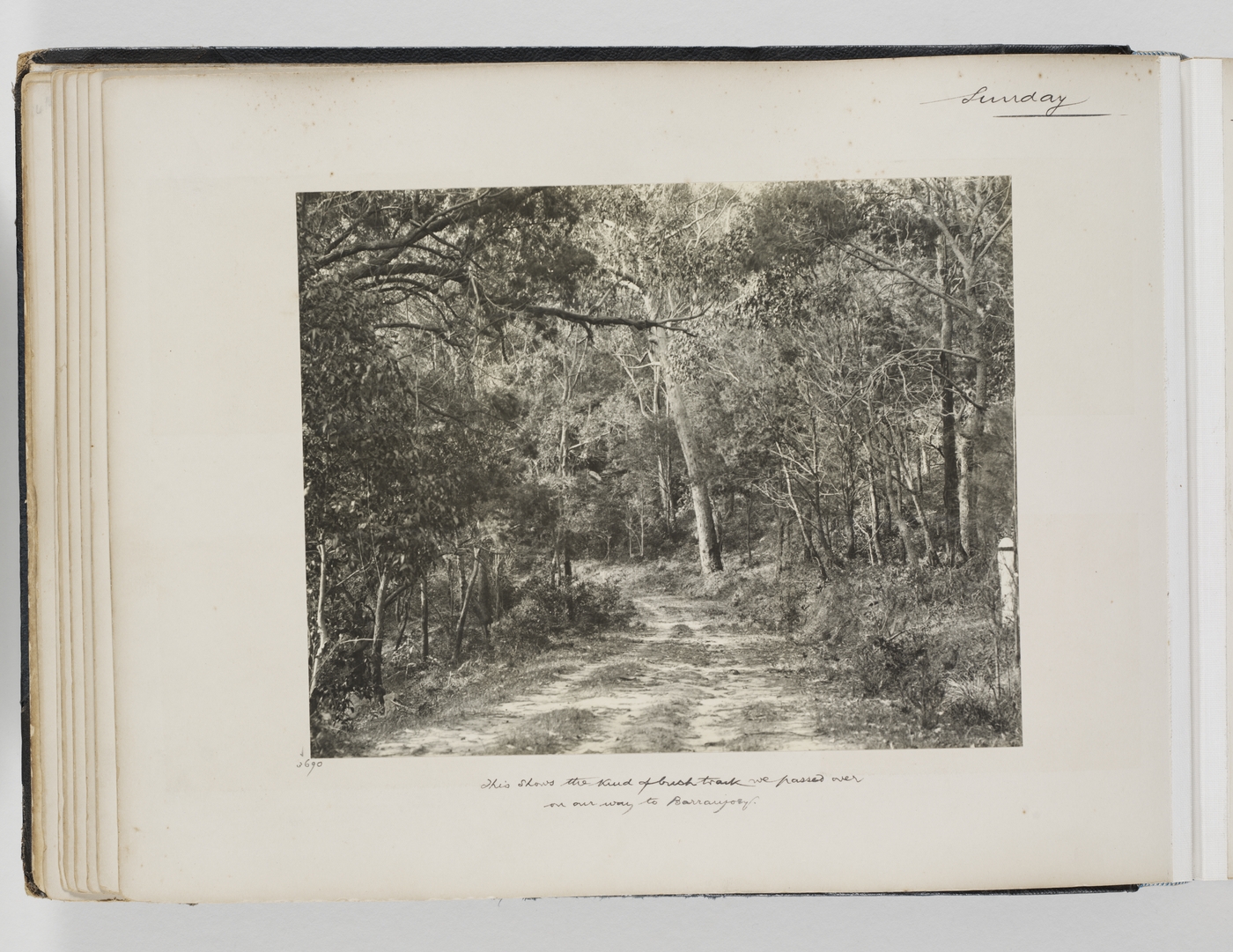
Album 52: Photographs of the Allen family, November 1909 - Digital Order Number: a1373018 courtesy Mitchell Library, State Library of New South Wales.
PALM BEACH.
The Inland Water.
(BY AMY ELEANOR MACK.)
I am never quite sure which I like best the excitement of finding a new beauty spot, or the Joy of revisiting an old familiar one. There in always a thrill of adventure in seeing strange and unknown, In meeting new people and fresh flowers, and birds', but there Is a special pleasure In returning to some well-beloved haunt, with a little fear lurking at the back of the mind that time and distance may have enhanced its charm, and then to find that It is even lovelier than one had remembered It In one's dreams.
So I came back, after a long absence, to the Inland water and found it even more enchanting than my memory had painted It. From the verandah of the dear familiar cottage-named so aptly after a kindly saint, and perched on the hillside amongst the trees, I have spent long hours gazing at its loveliness and feeling its spell weave round me peace and contentment. Across the hill behind us Is the sea, beautiful and Invigorating with Its ever moving waters. Us waves breaking ceaselessly on the rosy sands. But not for me the open Bea to-day; after long weeks of strain and stress It Is In the quiet of the Inland water that my tired spirit finds rest and healing.
On the sea side the stunted shrubs and flowers bend ever before the salt breezes, and cling slopingly to the cliffs for support; the summer cottages which face the ocean are built on stout stone foundations well Into the rocks, with never a branch or twig to shelter them from the buffeting breezes. Here, our cottage stands lightly upon piers, and nestles amongst the tall gums and she-oaks which spread a grateful shade on hot days and form a frame of magic tracery for the still water below. Bananas grow amongst the grey rocks, with flannel flowers at their feet; hibiscus and roses and wattles flourish side by side, and the heavy scent of orange-blossom Is lightened by the cool clean tang of the prolanthera.
On the ocean side, where the coast stretches away to north and south, the beaches are wide and deep, and of a gorgeous red-gold hue; along the gentle curves of the Inland harbour, a narrow strip of white stand runs like a fine chain along the broad aquamarine of the shallow water, which, under the midday sun, gradually deepens from turquoise to sapphire till its loses its blueness in the olivine of the further shore. Across the stretch of jewel-hued water are more and more narrow white beaches with the tree-clad hills of the chase rising softly behind them. At midday, when the sun is overhead, the further shore seems to be one long continuous hill, but as the shadows lengthen one sees the outlines of many valleys, which to those who know this kind of country tell of luxuriant little pockets in the sandstone hillsides, where grow palms and ferns and the soft leafed things of the scrub. The music of the ocean is wild and majestic like a full orchestra. It stirs one to action and effort, In spite of oneself. A gentle lullaby croons the inland water, .lapping softly on the fine .white stand, a cradle song that wafts one softly to the land of dreams.
On the ocean beach the gulls are squawking, and out on the deep waters gannets and terns drop with a splash from the heights, spiking their prey as they dive. Over the calm harbour a solitary white albatross is floating with that quiet, effortless movement which only the albatross knows. It circles slowly, then volplanes down to the water and sails peacefully on the surface, as quiet as the little while boats that ride at anchor la the bay. Instead of the hoarse cries of the gulls, the stillness of the day Is broken by' the sweet chorus of the butcher birds, whose music is beloved by all who know this earthly Eden. Every morning they greet the day with a chant of praise which is more beautiful than any bird chorus I have ever heard. At Intervals throughout the day they burst Into song, sometimes a single bird breaking out rapturously, sometimes the whole choir singing in unison, but with less fervour than In their dawn song; and at even-tide they raise their voices once again in thanksgiving for all the good things of the day. The lovely melody gives the touch of perfection to this gentle scene where "peace comes dropping slow." And while its sweetness soothes the weary mind, there is a cheery undercurrent of strength which assures me that after a little spell of dreaming idly by the inland water I shall be ready to climb up over the hill and face the rough cliff paths and any buffeting wind that blows. PALM BEACH. (1927, December 17). The Sydney Morning Herald (NSW : 1842 - 1954), p. 13. Retrieved from http://nla.gov.au/nla.news-article16427251
BRIDE'S JULIET CAP White Satan and Orange Blossoms
BELT of orange blossoms and leaves, and tiny clusters of orange blossoms at the cowl neckline, will be worn with a classical off-white satin wedding gown which Miss Lorna Seldon has chosen for her wedding tonight to Mr. Alan Hewett. The frock is made with a train cut into the skirt. Over it will fall a beautifully hand-embroidered veil which will be arranged with a diamente Juliet cap. The veil was made in Suva, and has been lent for the occasion by Mrs. George Sneddon, an old school friend of the bride. The bride, who is a graduate of Sydney University, is the elder daughter of Mr. and Mrs. L. R. Weldon, of Pymble. The bridegroom is the only son of Mr. and Mrs. E. F. Hewett, of Crookwell. Mr. Weldon will give his daughter away. The Rev. Dr. C. J. Prescott will officiate at the ceremony at the Methodist Church, Linfield. The bride's sister (Miss Betty Weldon), Miss Rita Dunn, of Condobolin, and Miss Lawrie Oxby will be bridesmaids. They will wear jacaranda-blue georgette over satin, and their frocks have heart-shaped necklines and are draped at the back to form slight trains. Wide silver lame sashes with large bows and silver juliet caps finished with stiffened eye veils of tulle, will complete the bridesmaid's ensembles. They will carry fuchsia-shaded flowers. Mr. L. Smart will be best man, and Messrs. Hugh Robson and H. Seldon groomsmen. The reception will be hold at the Killara Golf Club, where more than 100 guests will be entertained. Mrs. Weldon will wear a coronation-blue embossed lacquered satin frock, made with a train, and a twisted bandeau of the same material of the frock, finished with an eye-veil. The first part of the honeymoon will be spent at Mr. and Mrs. L. R. Weldon's house at Palm Beach, after which the bride and bridegroom intend motoring to Brisbane.BRIDE'S JULIET CAP (1937, April 8). The Sun (Sydney, NSW : 1910 - 1954), p. 35 (LATE FINAL EXTRA). Retrieved from http://nla.gov.au/nla.news-article230339674
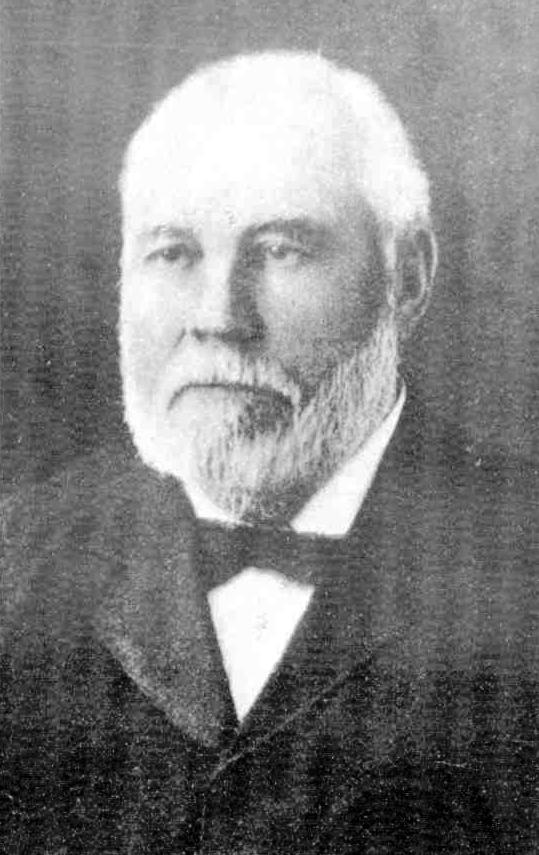
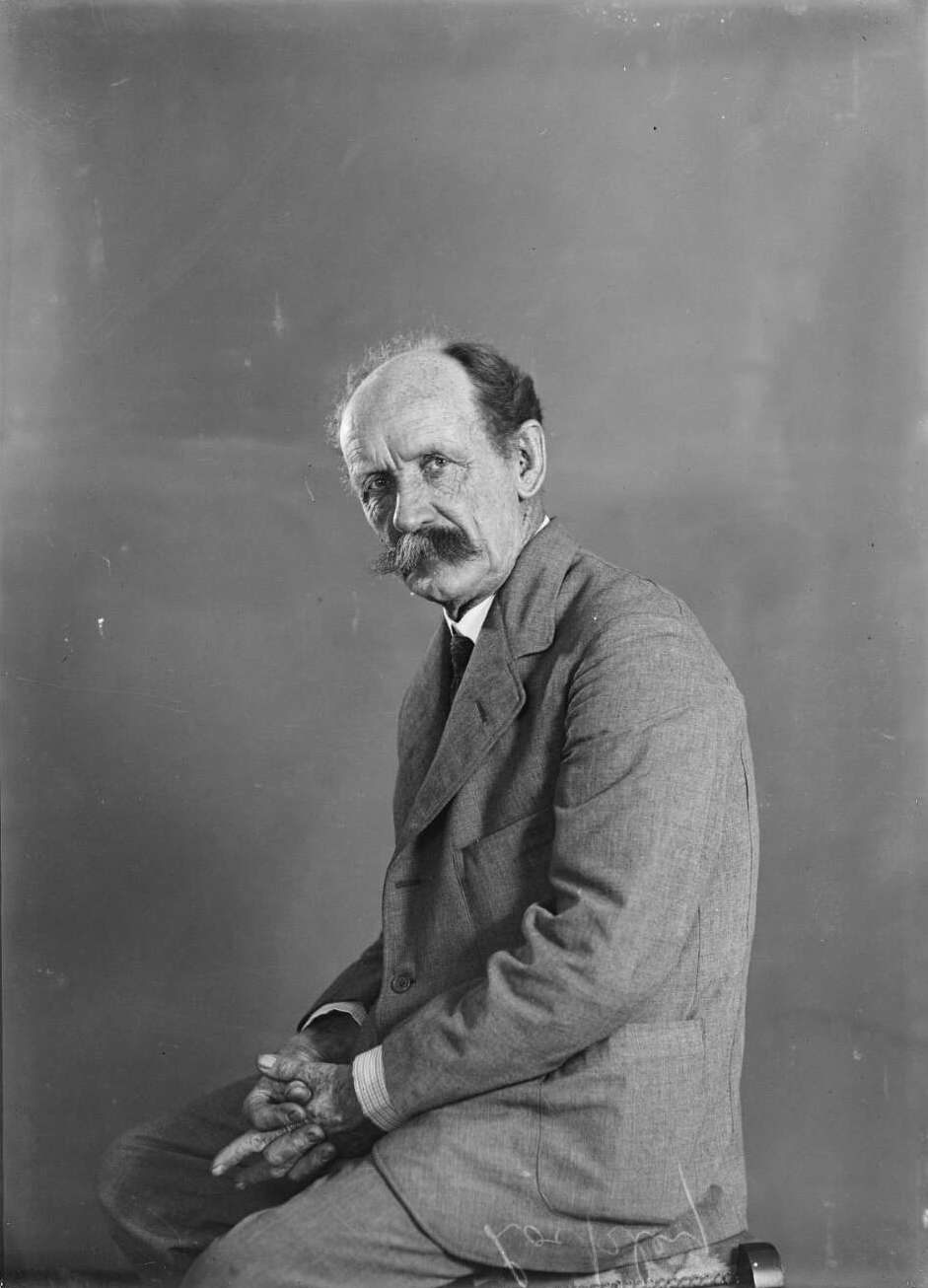
Opening: of the Military-road Electric Tramway. (in full)


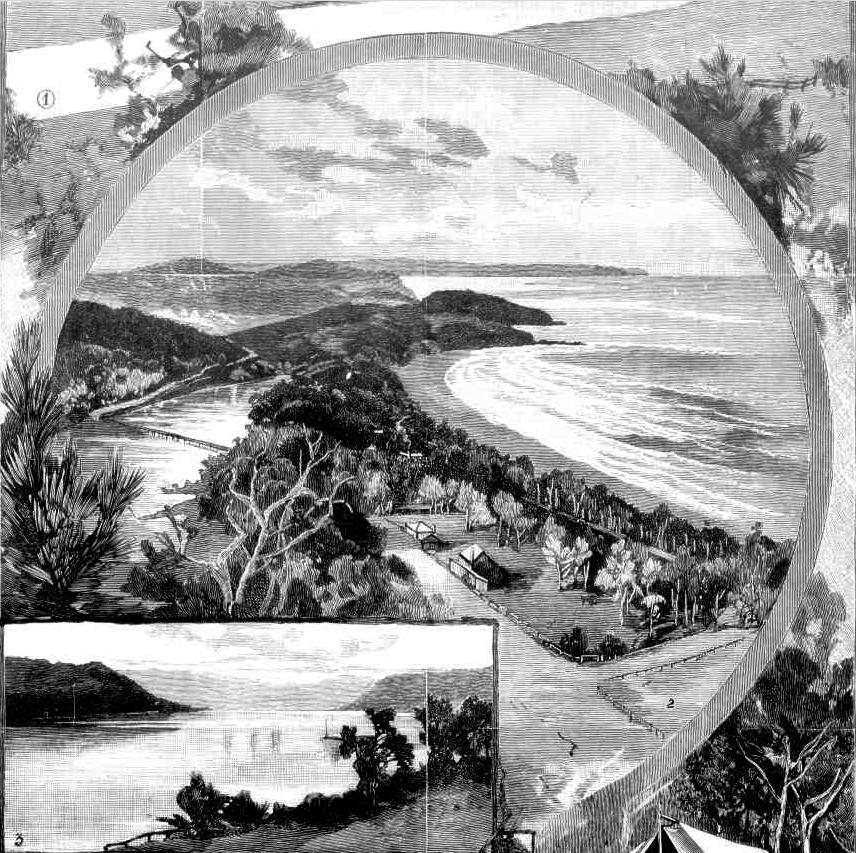
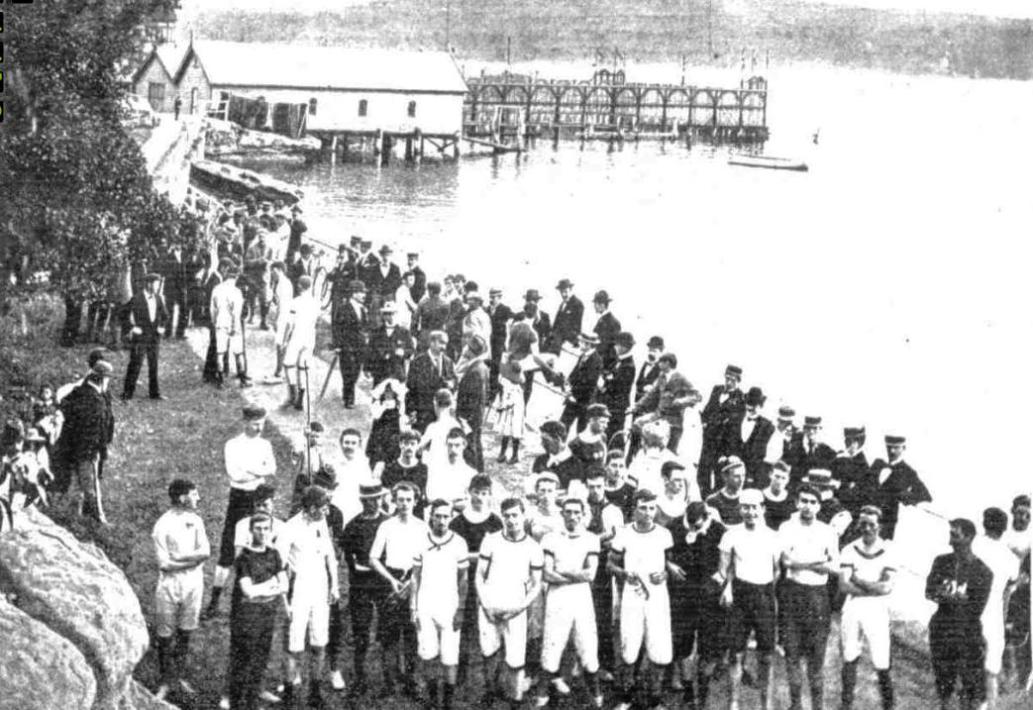
Opening Of The Cross-Country Season.
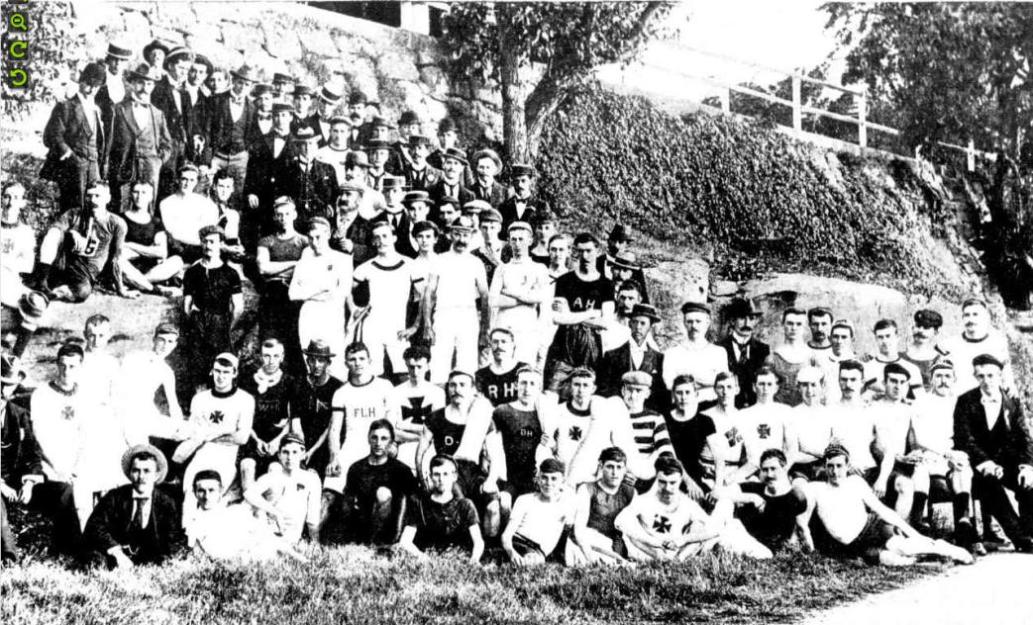
Archibald Forsyth's Rope Factory

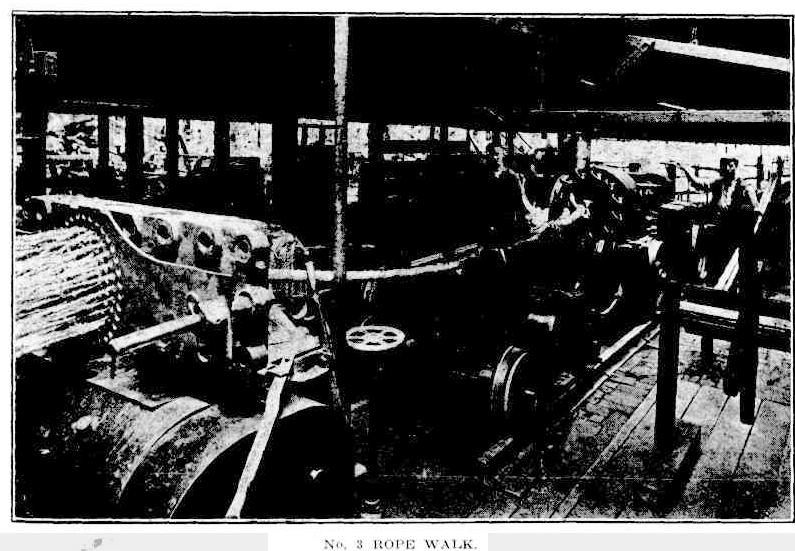
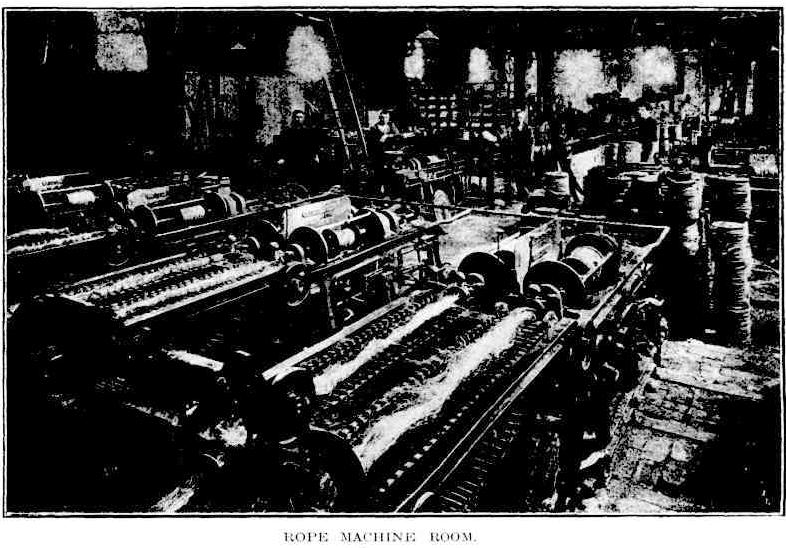
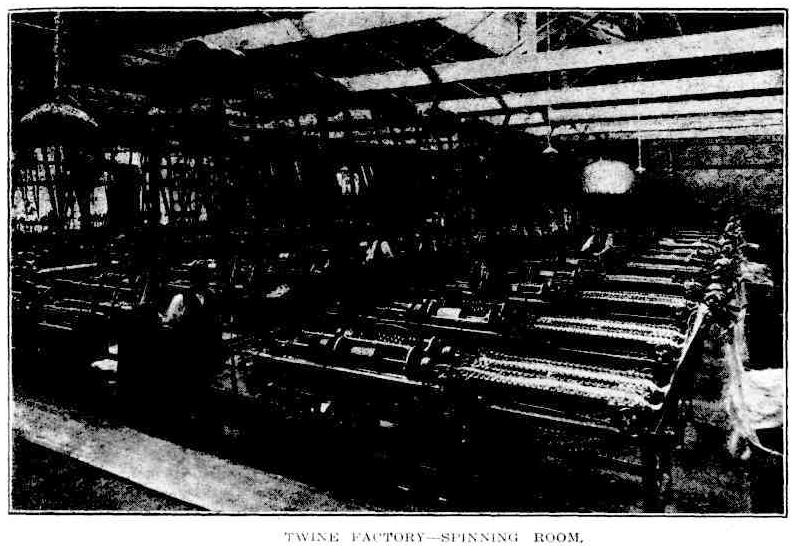
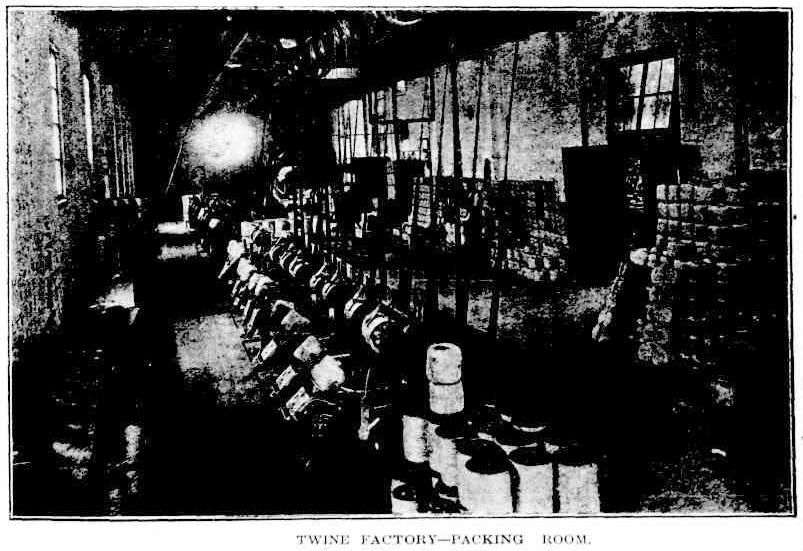
The Woodstock Cannery At Plumpton: Rooty Hill Fruit
WOODSTOCK CANNERY, ROOTY HILL.
AN IMPORTANT AUSTRALIAN INDUSTRY-VIEWS IN AND AROUND THE WOODSTOCK FRUIT CANNING WORKS, PLUMPTON, NEAR ROOTY HILL, N.S.W. (For letterpress see pages 28 and 29.)
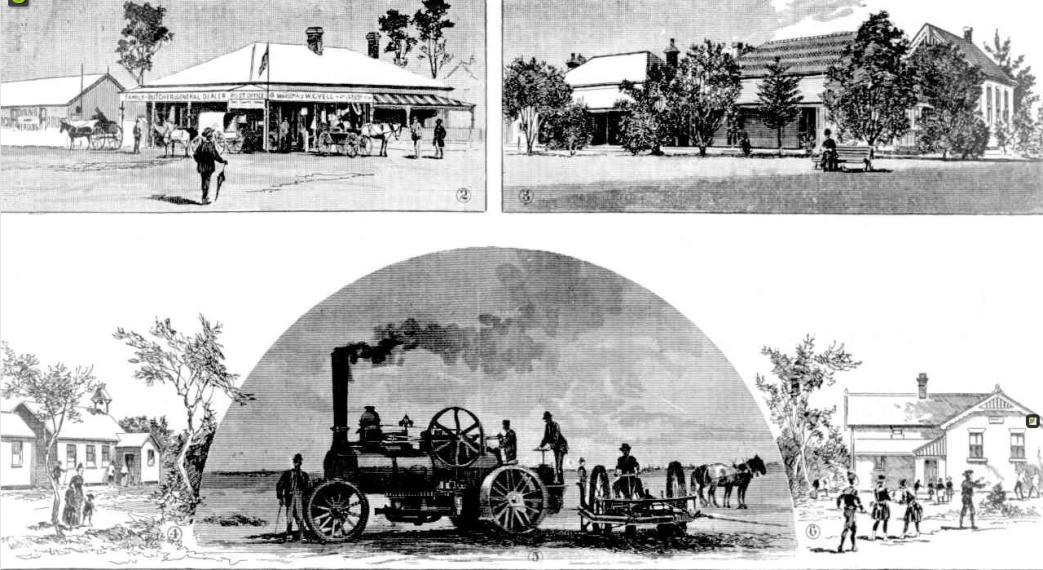
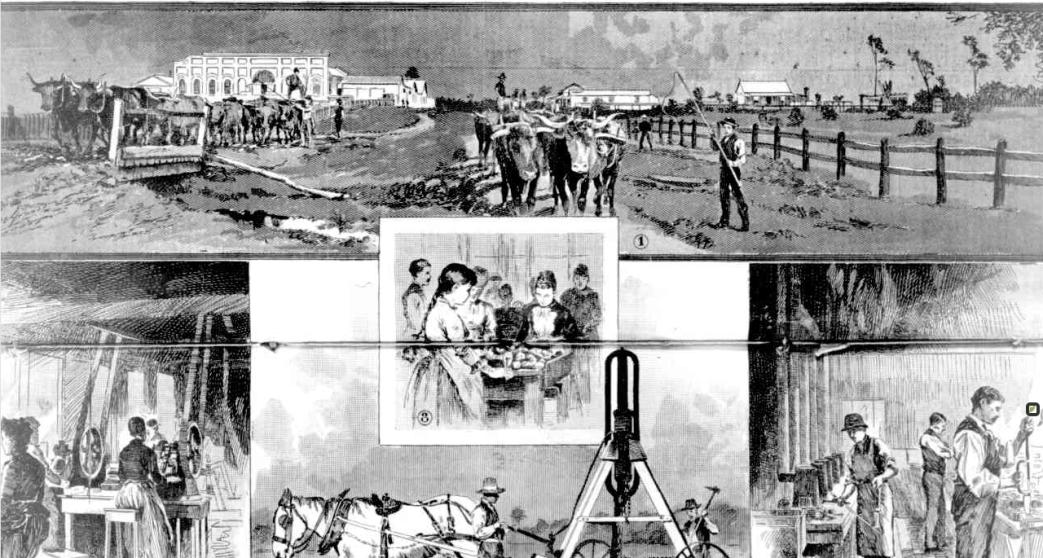
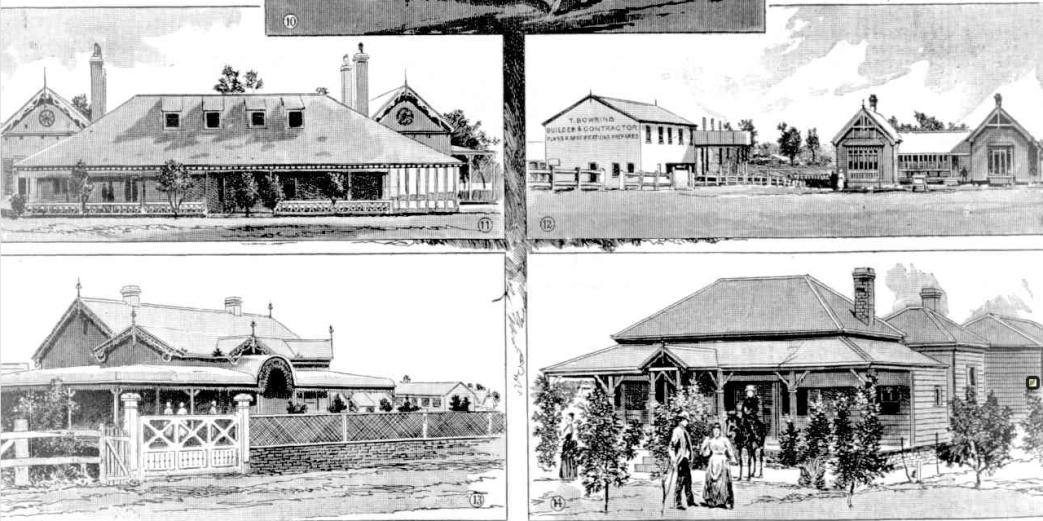
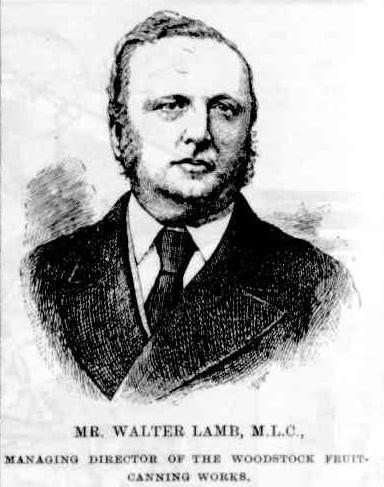
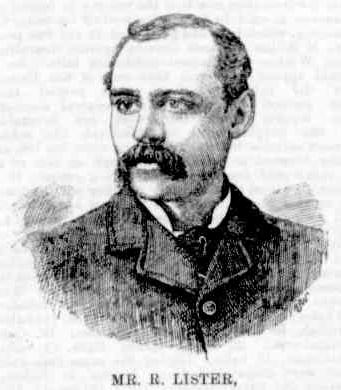
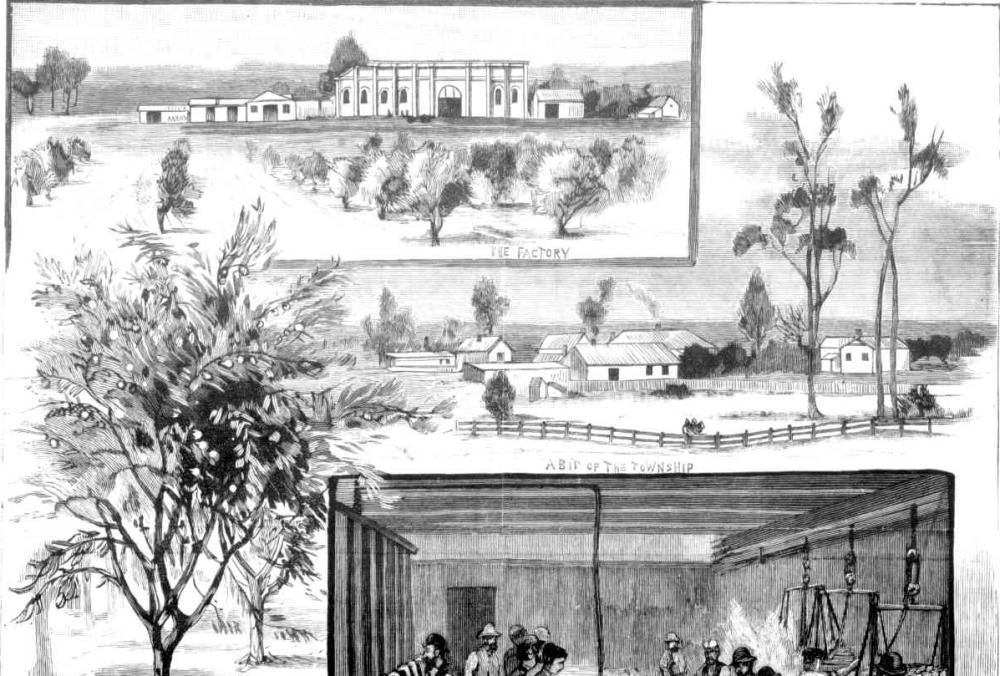
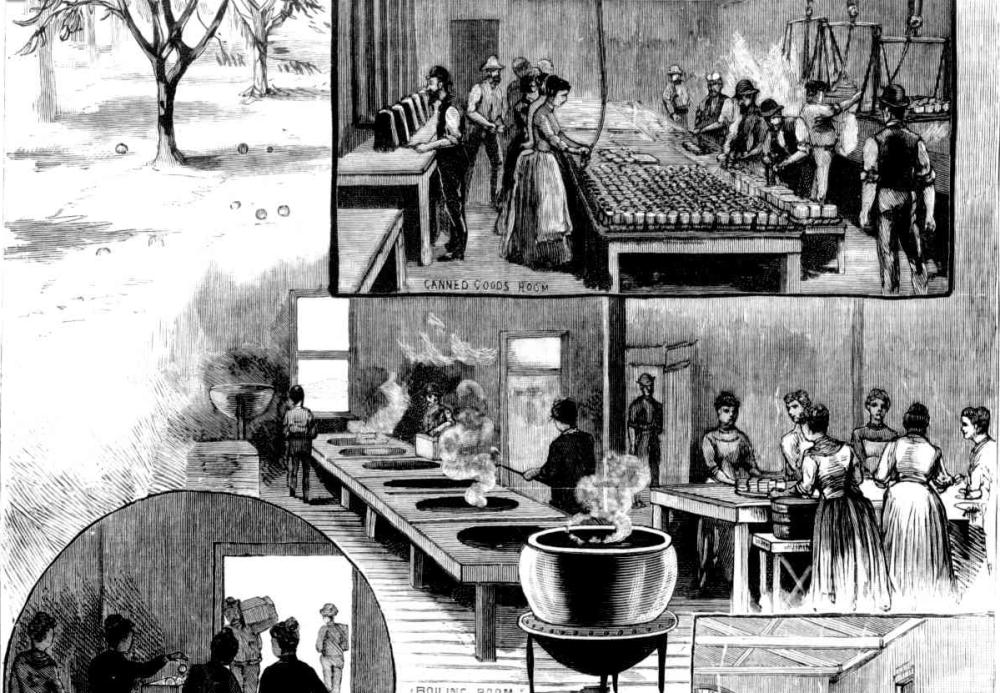
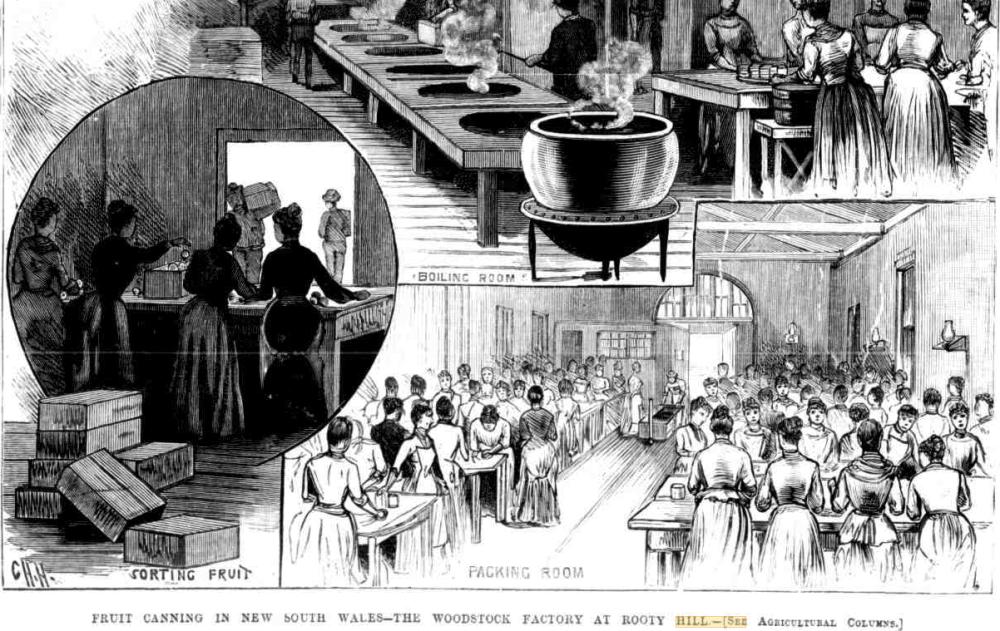
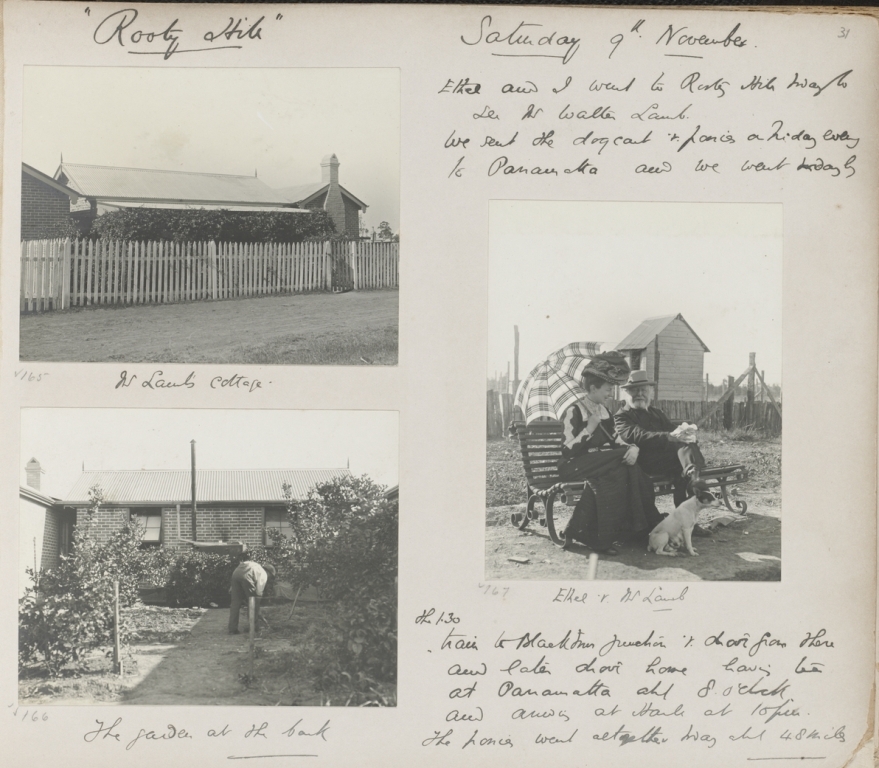
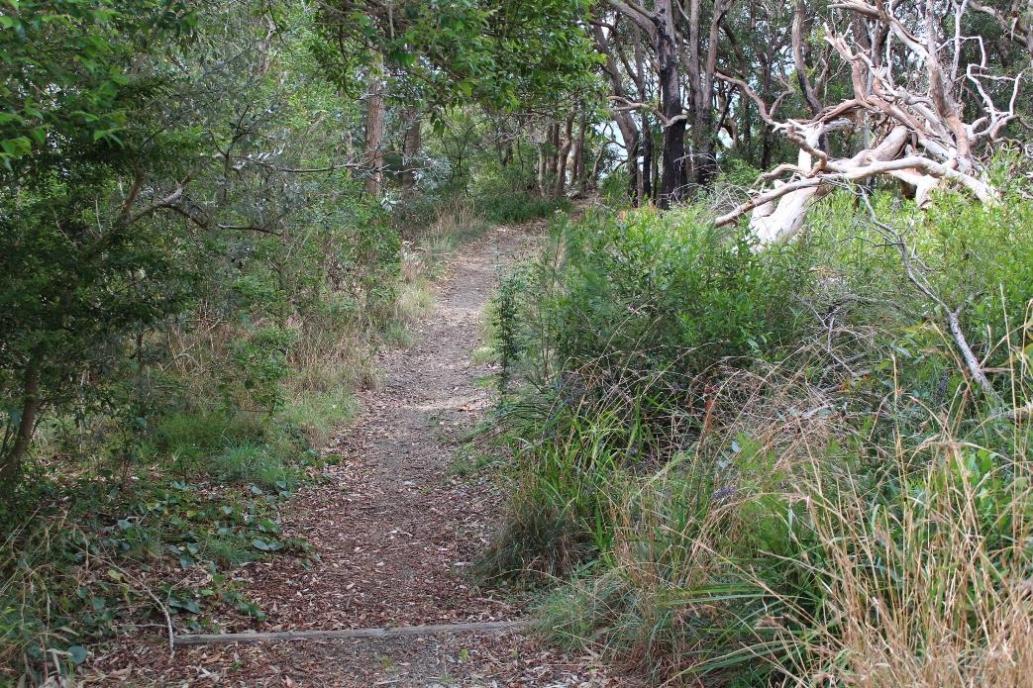
Previous History Pages:
Marie Byles Lucy Gullett Kookoomgiligai Frank Hurley Archpriest JJ Therry Sir Patrick Gordon Taylor Bowen Bungaree W. Bradley 1788 Journal Midholme Loggan Rock Cabin La Corniche La Corniche II Lion Island Bungan Beach Botham Beach Scarred Trees Castles in the Sand Dame Nellie Melba lunches at Bilgola Spring, 1914 First to Fly in Australia at North Narrabeen Mona Vale Golf Club's Annual Balls Governor Phillip camps on Resolute Beach Ruth Bedford Jean Curlewis Mollie Horseman Charlotte Boutin May Moore Neville W Cayley Leon Houreux Frederick Wymark Sir Adrian Curlewis Bilgola Heron Cove Mullet Creek Shark Point Woodley's Cottage A Tent at The Basin Collin's Retreat-Bay View House-Scott's Hotel Bilgola Cottage and House The First Pittwater Regatta Women Cricketers Picnic Filmed In Pittwater Governor Phillip's Barrenjoey Cairn Waradiel Season The Church at Church Point Gov. Phillip's Exploration of Broken Bay, 2 - 9 March 1788 Petroglyths: Aboriginal Rock Art on the Northern Beaches Avalon Headland Landmarks Steamers Part I Pittwater Aquatic Club Part I Woody Point Yacht Club Royal Motor Yacht Club Part I Dorothea Mackellar Elaine Haxton Neva Carr Glynn Margaret Mulvey Jean Mary Daly Walter Oswald Watt Wilfrid Kingsford Smith John William Cherry George Scotty Allan McCarrs Creek Narrabeen Creek Careel Creek Currawong Beach Creek Bushrangers at Pittwater Smuggling at Broken Bay An Illicit Still at McCarr's Creek The Murder of David Foley Mona Vale Outrages Avalon Camping Ground Bayview Koala Sanctuary Ingleside Powder Works Palm Beach Golf Course Avalon Sailing Club Mona Vale Surf Life Saving Club Palm Beach SLSC Part I - The Sheds Warriewood SLSC Whale Beach SLSC Flagstaff Hill Mount Loftus Pill Hill Sheep Station Hill S.S. Florrie S.S. Phoenix and General Gordon Paddlewheeler MV Reliance The Elvina Florida House Careel House Ocean House and Billabong Melrose-The Green Frog The Small Yacht Cruising Club of Pittwater Canoe and I Go With The Mosquito Fleet - 1896 Pittwater Regattas Part I - Dates and Flagships to 1950 Shark Incidents In Pittwater The Kalori Church Point Wharf Bayview Wharf Newport Wharf Palm Beach Jetty - Gow's Wharf Max Watt Sir Francis Anderson Mark Foy John Roche Albert Verrills Broken Bay Customs Station At Barrenjoey Broken Bay Water Police Broken Bay Marine Rescue - Volunteer Coastal Patrol Pittwater Fire-Boats Prospector Powder Hulk at Towler's Bay Naval Visits to Pittwater 1788-1952 Pittwater's Torpedo Wharf and Range Naval Sea Cadets in Pittwater S.S. Charlotte Fenwick S.S. Erringhi P.S. Namoi S.Y. Ena I, II and III Barrenjoey Headland - The Lessees Barrenjoey Lighthouse - The Construction Barrenjoey Broken Bay Shipwrecks Up To 1900 Barrenjoey Light Keepers Douglas Adrian Ross Newport SLSC 1909 - 1938 Part I Overview North Narrabeen SLSC - The Formative Years Bilgola SLSC - the First 10 years North Palm Beach SLSC A History of Pittwater Parts 1 and 4 Pittwater Regattas - 1907 and 1908 Pittwater Regattas - 1921 - The Year that Opened and Closed with a Regatta on Pittwater Pittwater Regatta Banishes Depression - 1933 The 1937 Pittwater Regatta - A Fashionable Affair Careel Bay Jetty-Wharf-Boatshed Gow-Gonsalves Boatshed -Snapperman Beach Camping at Narrabeen - A Trickle then a Flood Pittwater's Parallel Estuary - The Cowan 'Creek' RMYC Broken Bay Boathouse and Boatshed Barrenjoey Boat House The Bona - Classic Wooden Racing Yacht Mona Vale Hospital Golden Jubilee - A Few Insights on 50 Years as a Community Hospital Far West Children's Health Scheme - the Formation Years The First Scotland Island Cup, Trophy and Race and the Gentleman who loved Elvina Bay Royal Motor Yacht Club Broken Bay NSW - Cruiser Division History - A History of the oldest division in the Royal Motor Yacht Club Royal Motor Yacht Club Broken Bay Early Motor Boats and Yachts, their Builders and Ocean Races to Broken Bay, the Hawkesbury and Pittwater The Royal Easter Show Began As the Royal Agricultural Society of New South Wales The Mail Route to Pittwater and Beyond The Wild Coachmen of Pittwater - A Long and Sometimes Bumpy Ride on Tracks Instead of Roads The Fearless Men of Palm Beach SLSC's Surf Boats First Crews - A Tale of Viking Ships, Butcher Boats and Robert Gow's Tom Thumb 'Canoe' Furlough House Narrabeen - Restful Sea Breezes For Children and Their Mothers From Telegraphs to Telephones - For All Ships at Sea and Those On Land Mona Vale Training Grounds - From Lancers on Horses to Lasses on Transport Courses Fred Verrills; Builder of Bridges and Roads within Australia during WWII, Builder of Palm Beach Afterwards Communications with Pittwater Ferries To Pittwater A History of Pittwater - Part 4: West Head Fortress Pittwater's Lone Rangers - 120 Years of Ku-Ring-Gai Chase and the Men of Flowers Inspired by Eccleston Du Faur Early Pittwater Launches and Ferries Runs Avalon Beach SLSC - The First Clubhouse Avalon Beach SLSC The Second and Third Clubhouses From Beneath the Floorboards at Hyde Park Barracks Bungaree Was Flamboyant Andrew Thompson - 'Long Harry' Albert Thomas Black John Collins of Avalon Narrabeen Prawning Times - A Seasonal Tide of Returnings Oystering in the Pittwater Estuary - Oyster Kings and Pearl Kings and When Not to Harvest Oysters Yabbying In Warriewood Creeks Eeling in Warriewood's Creeks (Includes A Short History of community involvement in environmental issues/campaigns in and around Narrabeen Lagoon - 1974 to present by David James OAM) Eunice Minnie Stelzer - Pittwater Matriarchs Maria Louisa Therry - Pittwater Matriarch Katherine Mary Roche - Pittwater Matriarchs Sarah A. Biddy Lewis and Martha Catherine Bens Pittwater Matriarchs Pittwater's New Cycle Track of 1901 Manly to Newport The Rock Lily Hotel Barrenjoey House The Pasadena Jonah's St Michael's Arch The First Royal Visitor to Australia: the Incident at Clontarf March 12th, 1868 Pittwater: Lovely Arm of the Hawkesbury By NOEL GRIFFITHS - includes RMYC Wharf and Clareville Wharf of 1938 + An Insight into Public Relations in Australia George Mulhall First Champion of Australia in Rowing - First Light-Keeper at Barranjuey Headland Captain Francis Hixson - Superintendent of Pilots, Lights, and Harbours and Father of the Naval Brigade The Marquise of Scotland Island The First Boat Builders of Pittwater: the Short Life and Long Voyages of Scotland Island Schooner the Geordy Boat Builders of Pittwater II: from cargo schooners and coasters to sailing skiffs and motorised launches The Currawong: Classic Yacht The Riddles of The Spit and Bayview/ Church Point: sailors, boat makers, road pavers winning rowers VP Day Commemorative Service 2015 – at Avalon Beach RSL Cenotaph: 70th Anniversary Captain T. Watson and his Captain Cook Statues: A Tribute to Kindness Pittwater Reserves: The Green Ways; Hordern or Wiltshire Parks to McKay Reserve – From Beach to Estuary Pittwater Reserves, The Green Ways: Clareville Wharf and Taylor's Point Jetty Pittwater Reserves: The Green Ways Bilgola Beach - The Cabbage Tree Gardens and Camping Grounds - Includes Bilgola - The Story Of A Politician, A Pilot and An Epicure by Tony Dawson and Anne Spencer Pittwater Reserves - The Green Ways: Mona Vale's Village Greens a Map of the Historic Crown Lands Ethos Realised in The Village, Kitchener and Beeby Parks Pittwater Reserves: The Green Ways; Bungan Beach and Bungan Head Reserves: A Headland Garden Early Pittwater Paddlers, Oarsmen, Rowers and Scullers: The Green Family Elanora - Some Early Notes and Pictures The Stewart Towers On Barrenjoey Headland Early Pittwater Paddlers, Oarsmen, Rowers and Scullers: The Williams Family Early Cricket in Pittwater: A small Insight Into the Noble Game from 1880's On The Pacific Club's 2016 Carnival in Rio Fundraiser for Palm Beach SLSC Marks the 79th Year of Support Bert Payne Park, Newport: Named for A Man with Community Spirit Early Pittwater Paddlers, Oarsmen, Rowers and Scullers: The Fox Family Surf Carnivals in February 1909, 1919, 1925, a Fancy Dress Rise of Venus and Saving Lives with Surfboards Early Pittwater Paddlers, Oarsmen, Rowers and Scullers: The Paddon Family of Clareville Mermaid Basin, Mona Vale Beach: Inspired 1906 Poem by Viva Brock Early Pittwater Schools: The Barrenjoey School 1872 to 1894 The Royal Easter Show and 125th Celebration of the Hawkesbury Agricultural College: Farmers Feed Us! The Newport School 1888 to 2016 Pittwater's Ocean Beach Rock Pools: Southern Corners of Bliss - A History The Royal Botanical Garden Sydney Celebrate 200 Years in 2016 The Porter Family of Newport: Five Brother Soldiers Serve in WWI Church Point and Bayview: A Pittwater Public School Set on the Estuary The Basin, Pittwater: A Reprise: Historical Records and Pictures Lighthouse Keepers Cottages You Can Rent in NSW - Designed or Inspired by Colonial Architect James Barnet: Includes Historic 'Lit' Days records Bayview Days Ships Biscuits - the At Sea Necessity that Floated William Arnott’s Success Mona Vale Public School 1906 to 2012 St Johns Camden: 176th And 167th Anniversaries In June 2016 - Places To Visit Narrabeen Lagoon And Collaroy Beachfront: Storms And Flood Tides Of The Past Avalon Beach Public School - A History Muriel Knox Doherty Sir Herbert Henry Schlink Shopping And Shops In Manly: Sales Times From 1856 To 1950 For A Fishing Village Royal Prince Alfred Yacht Club's 150th Sailing Season Opening: A Few Notes Of Old A Few Glimpses Into Narrabeen's Past Beauties Dr. Isobel Ida Bennett AO Taronga Zoo 100th Birthday Parade: 1000 Reasons To Celebrate War Memorials: Manly, October 14, 1916 Avalon Beach Golf Links: Pittwater Fields of Dreams II War Memorials - Mona Vale, November 14, 1926